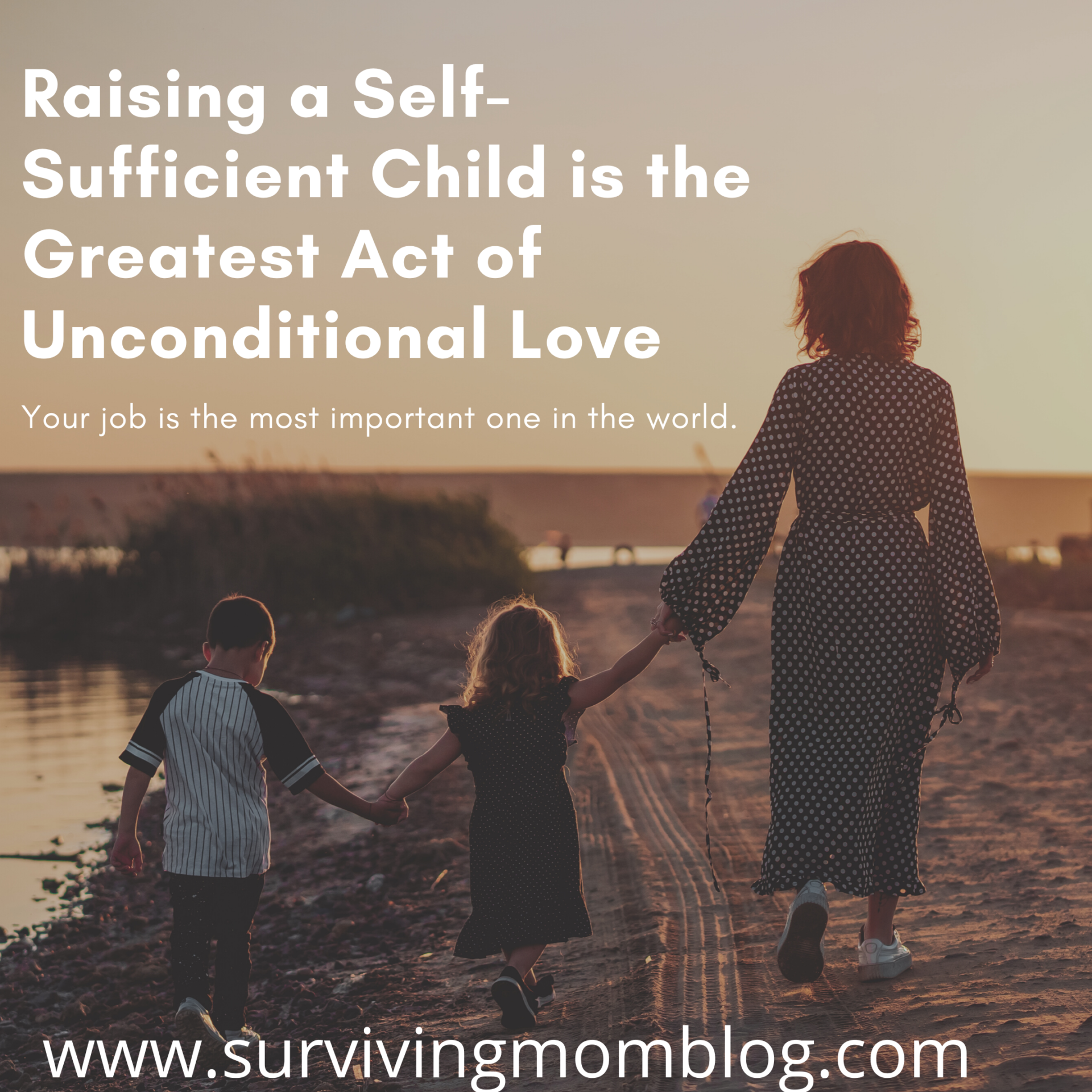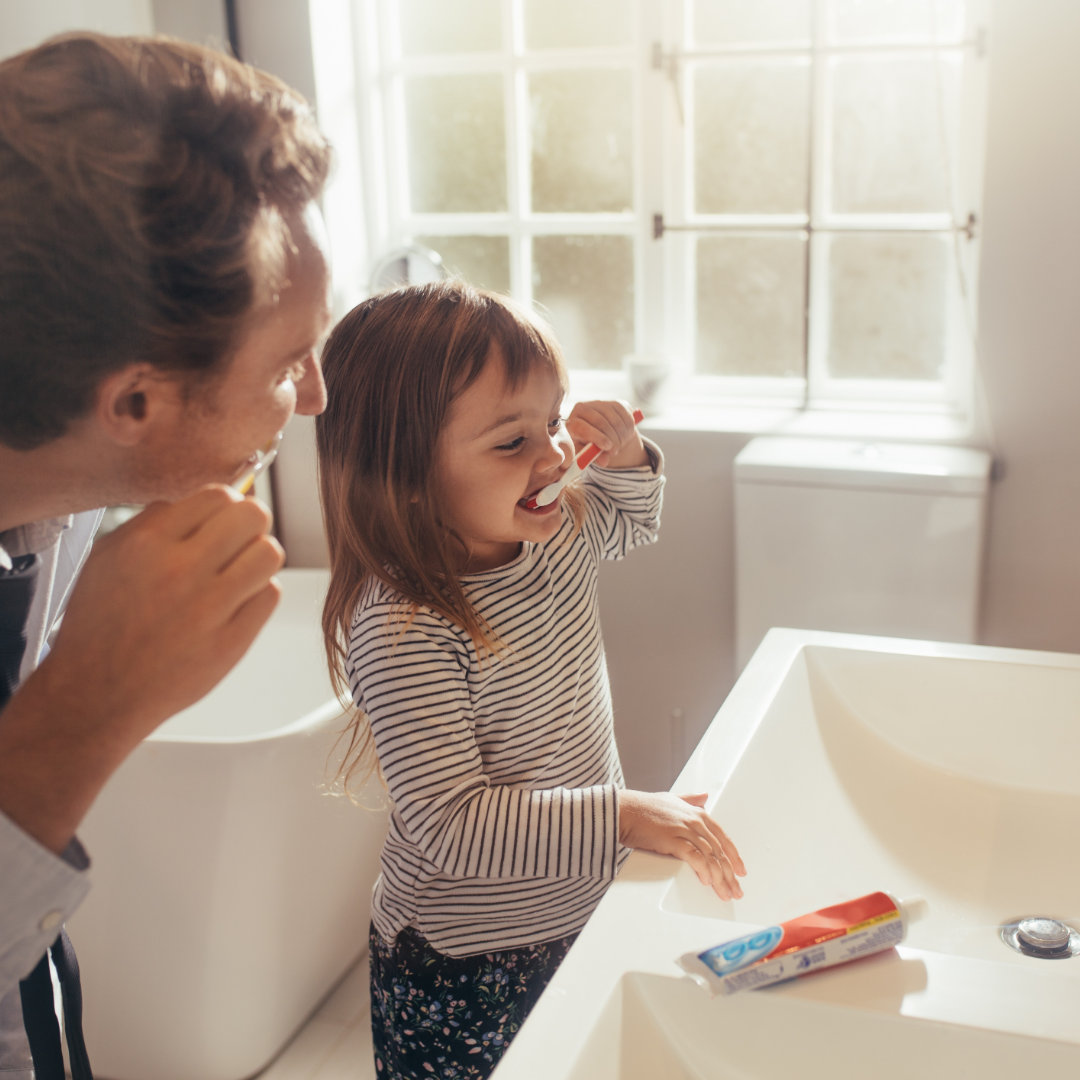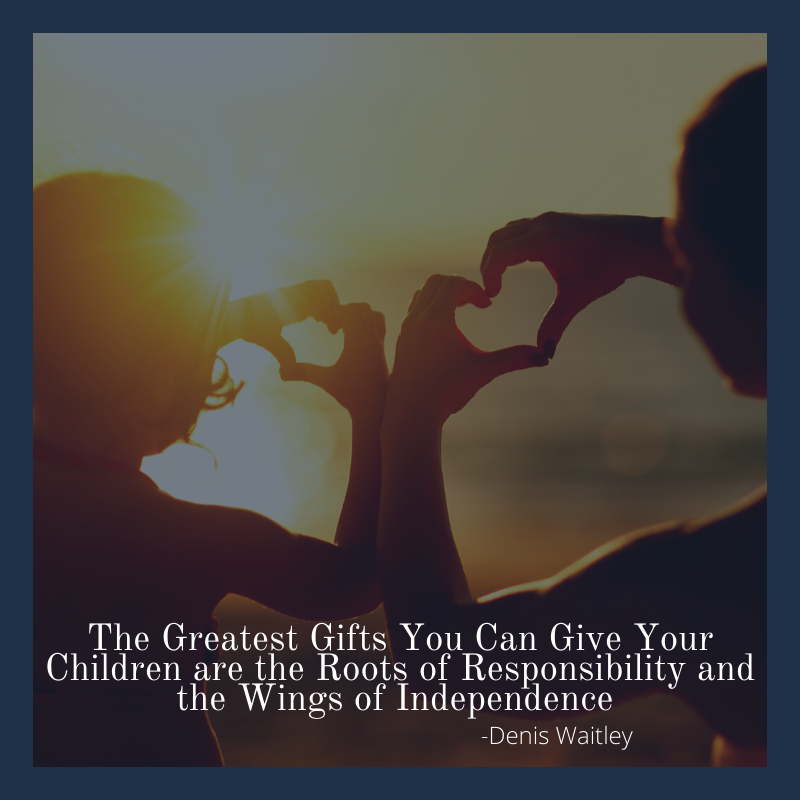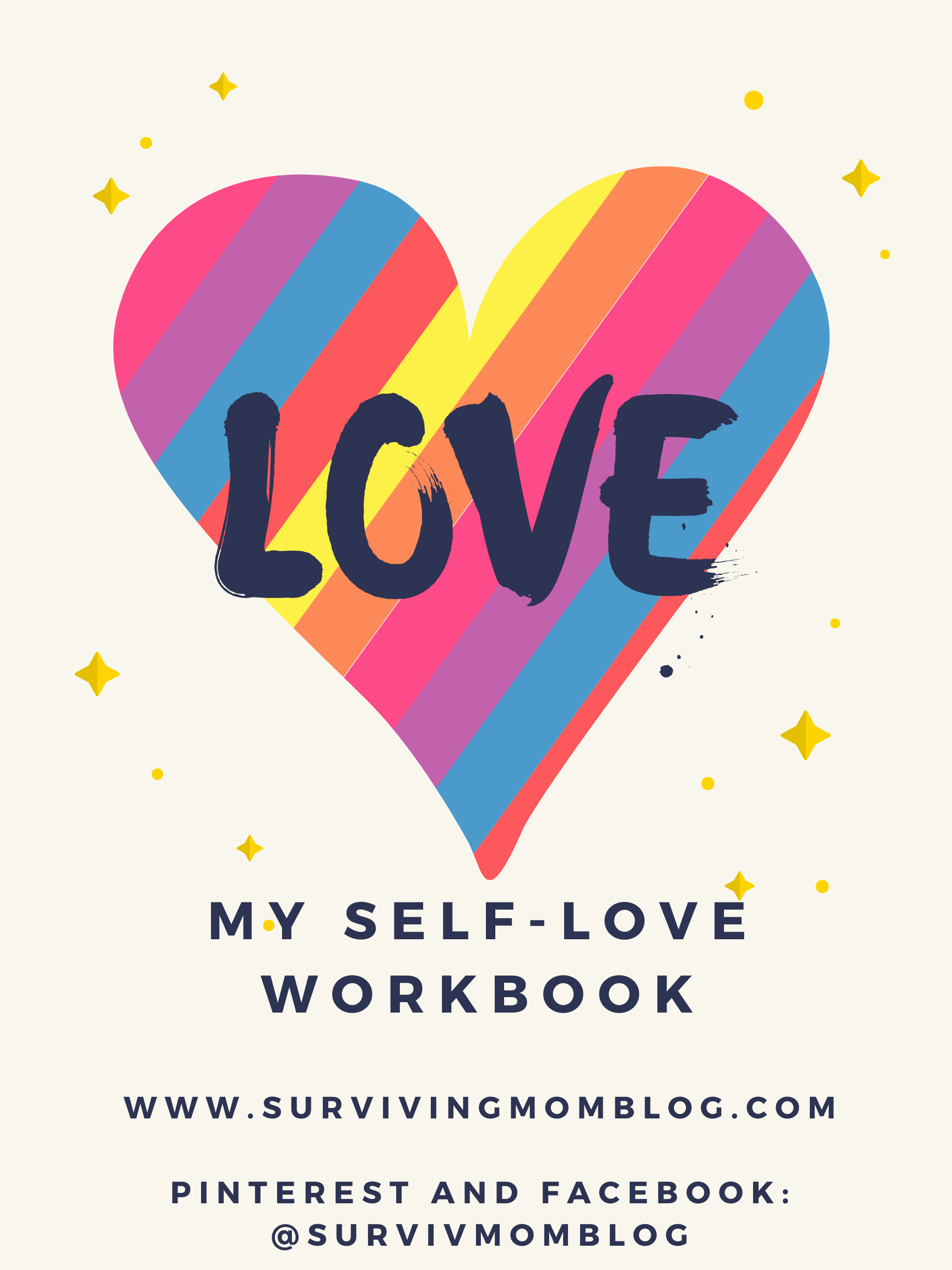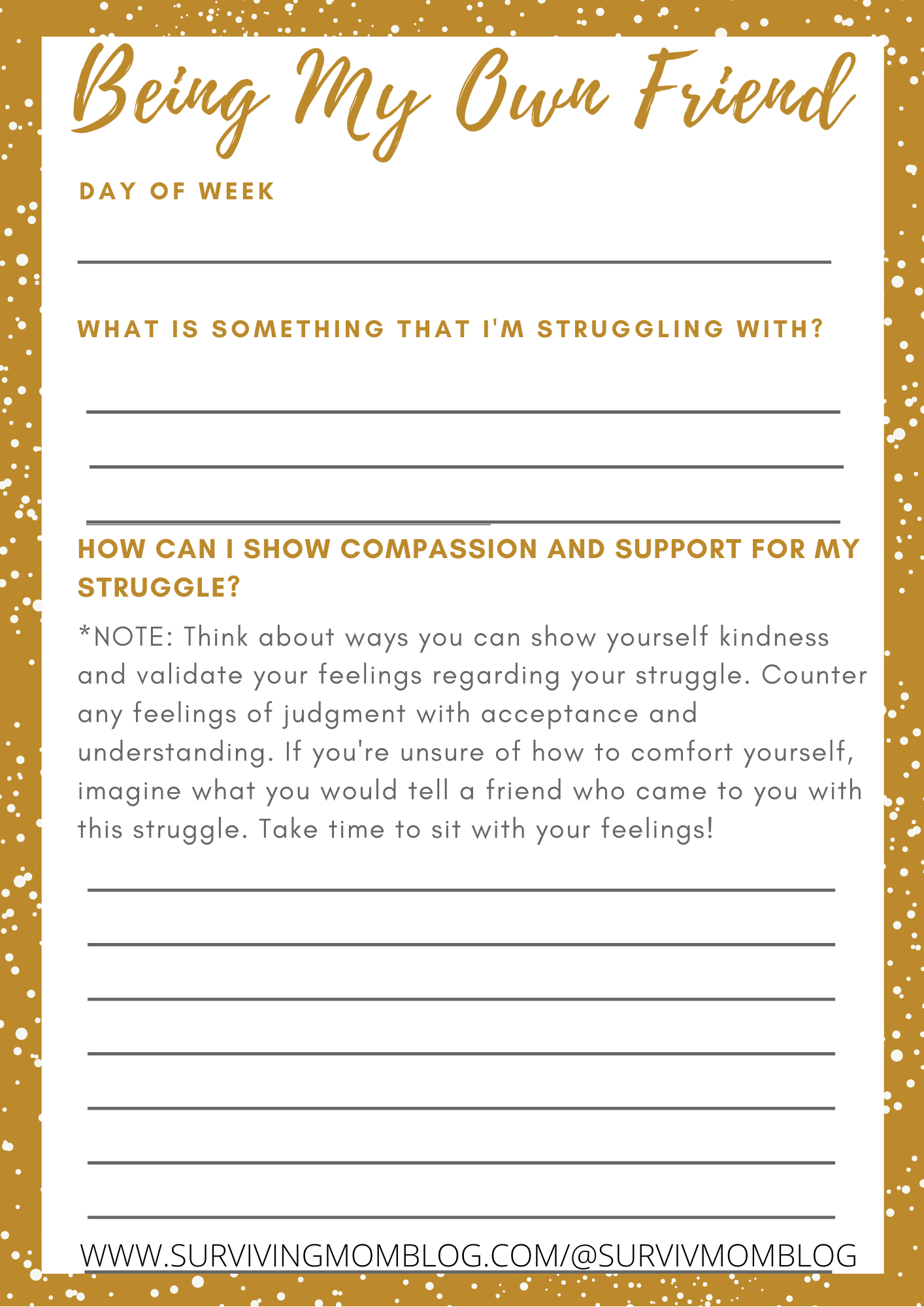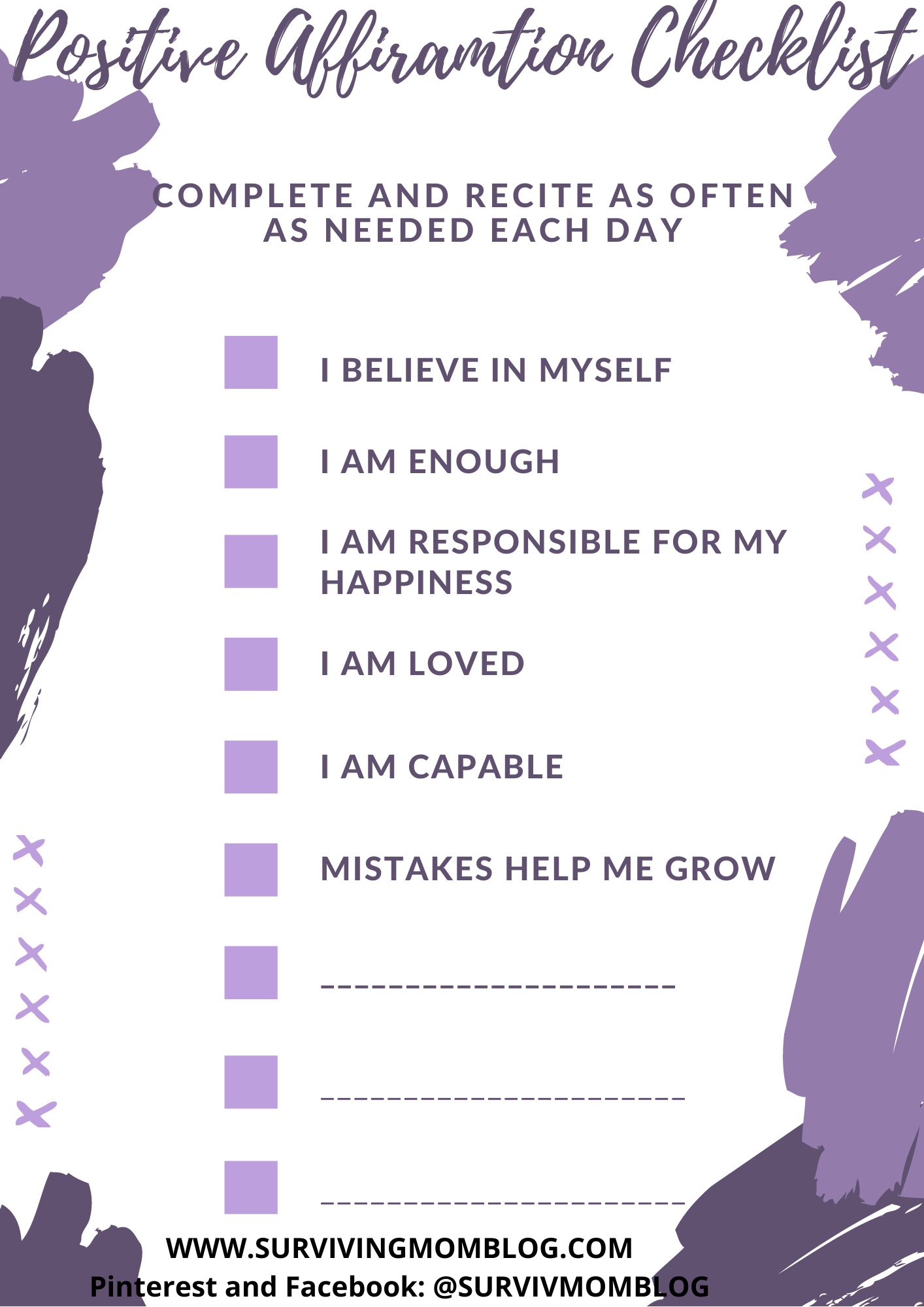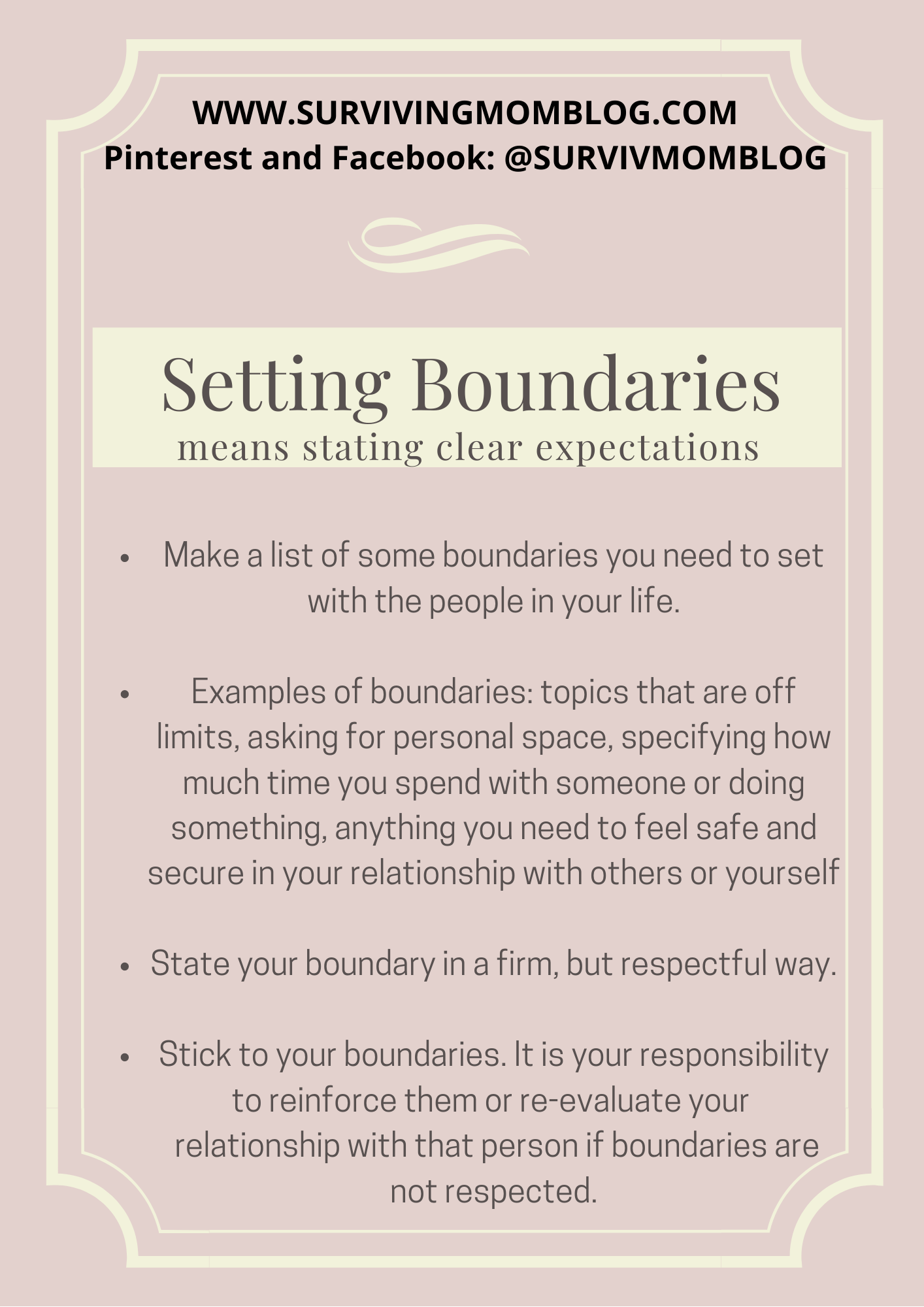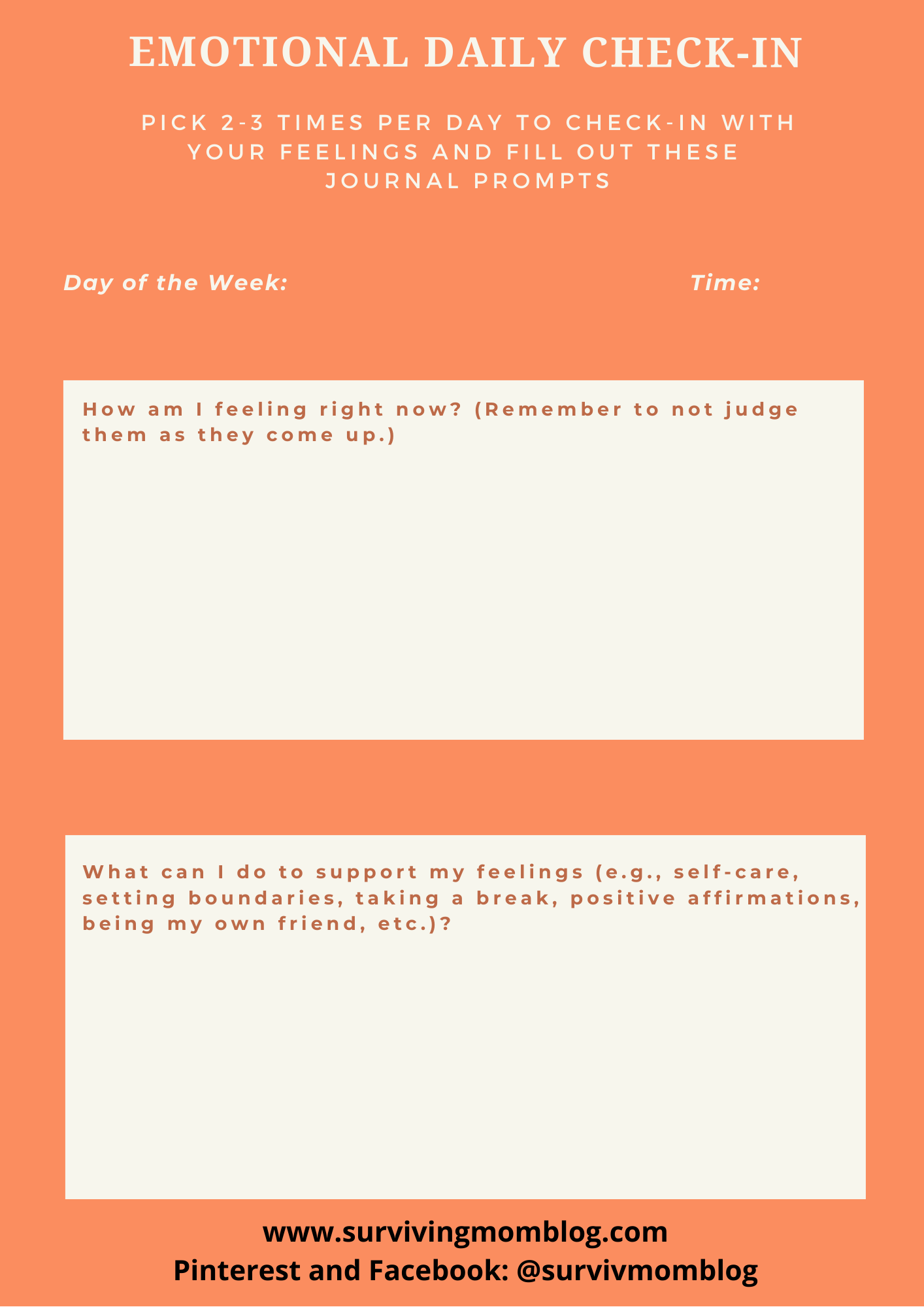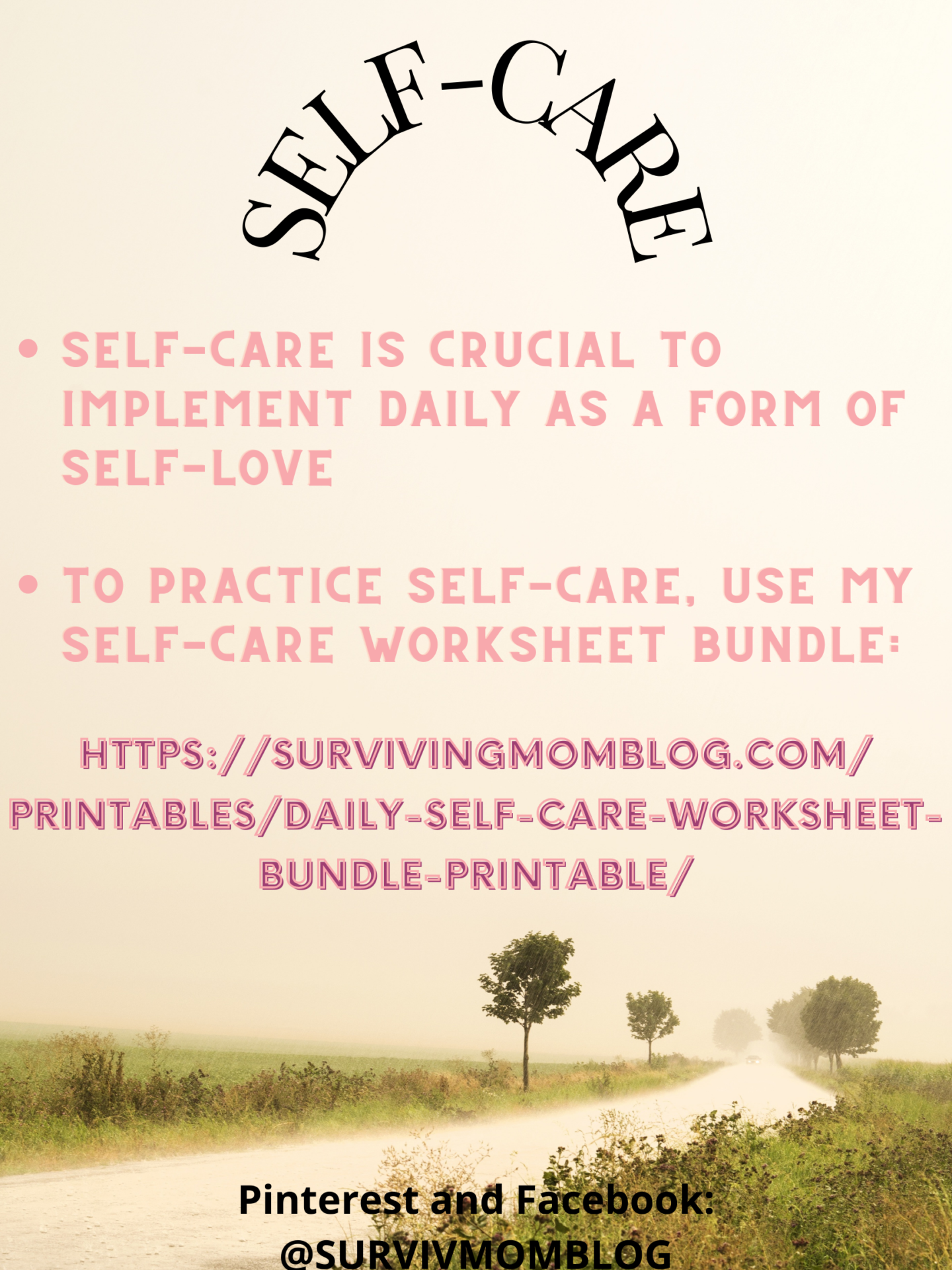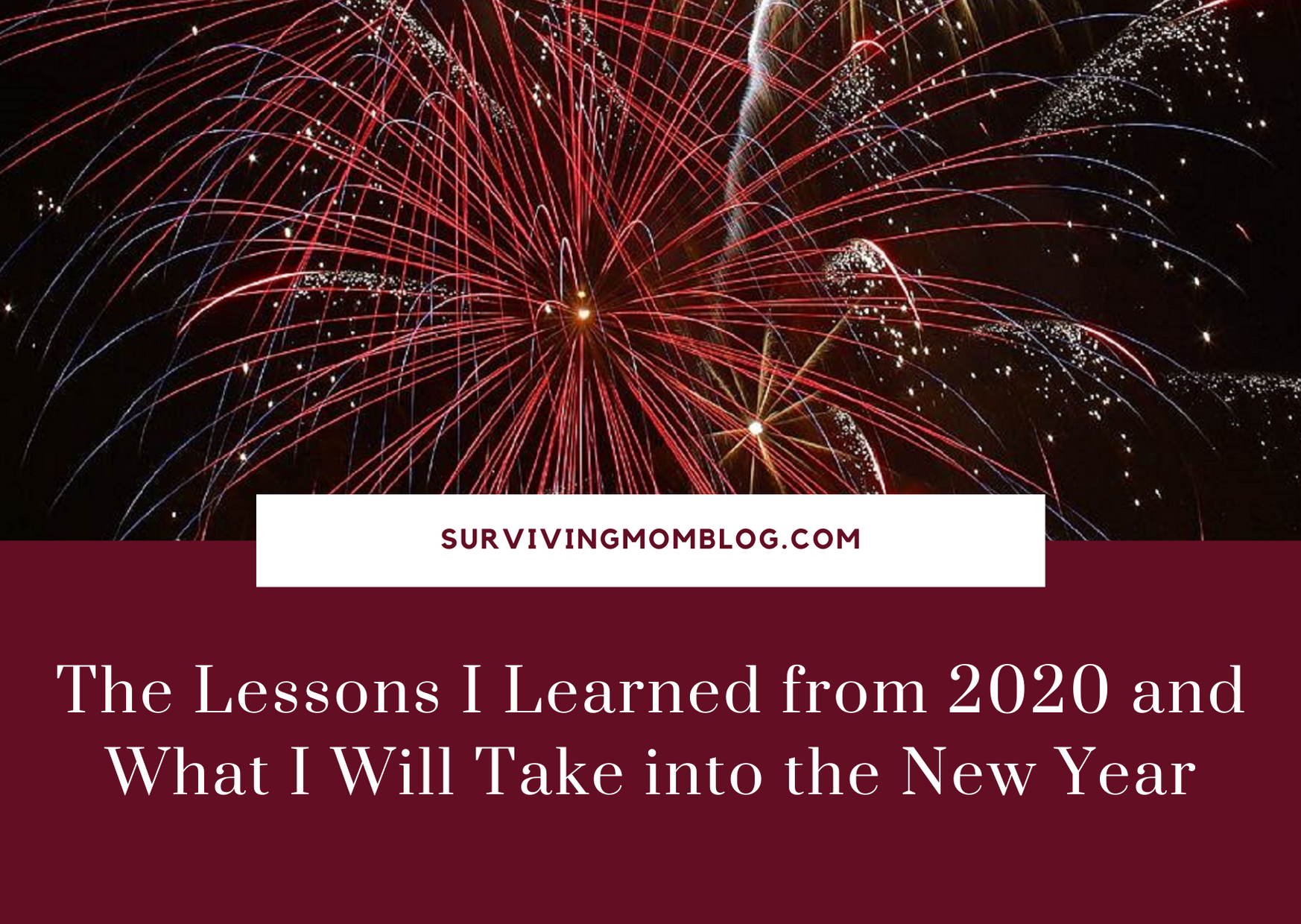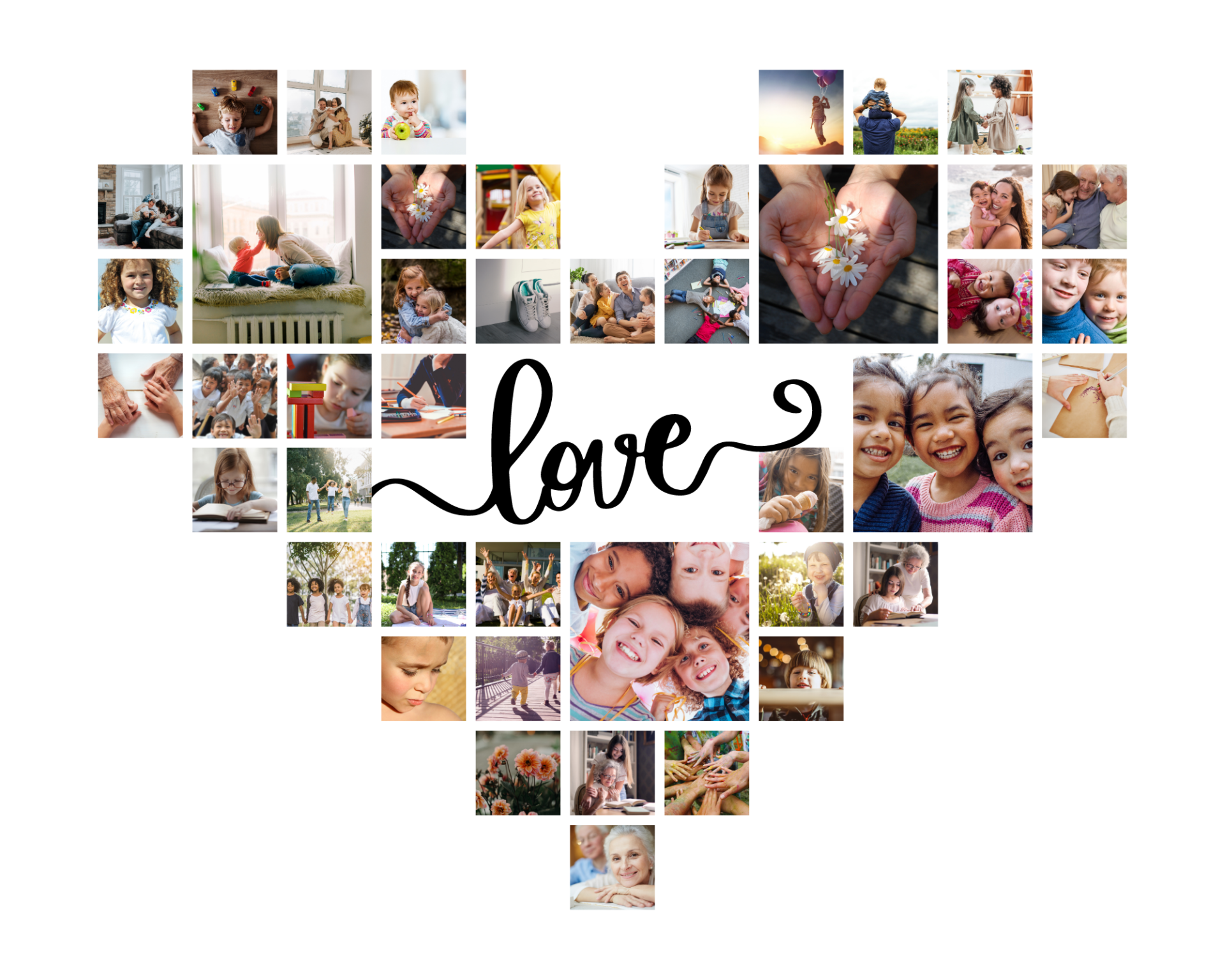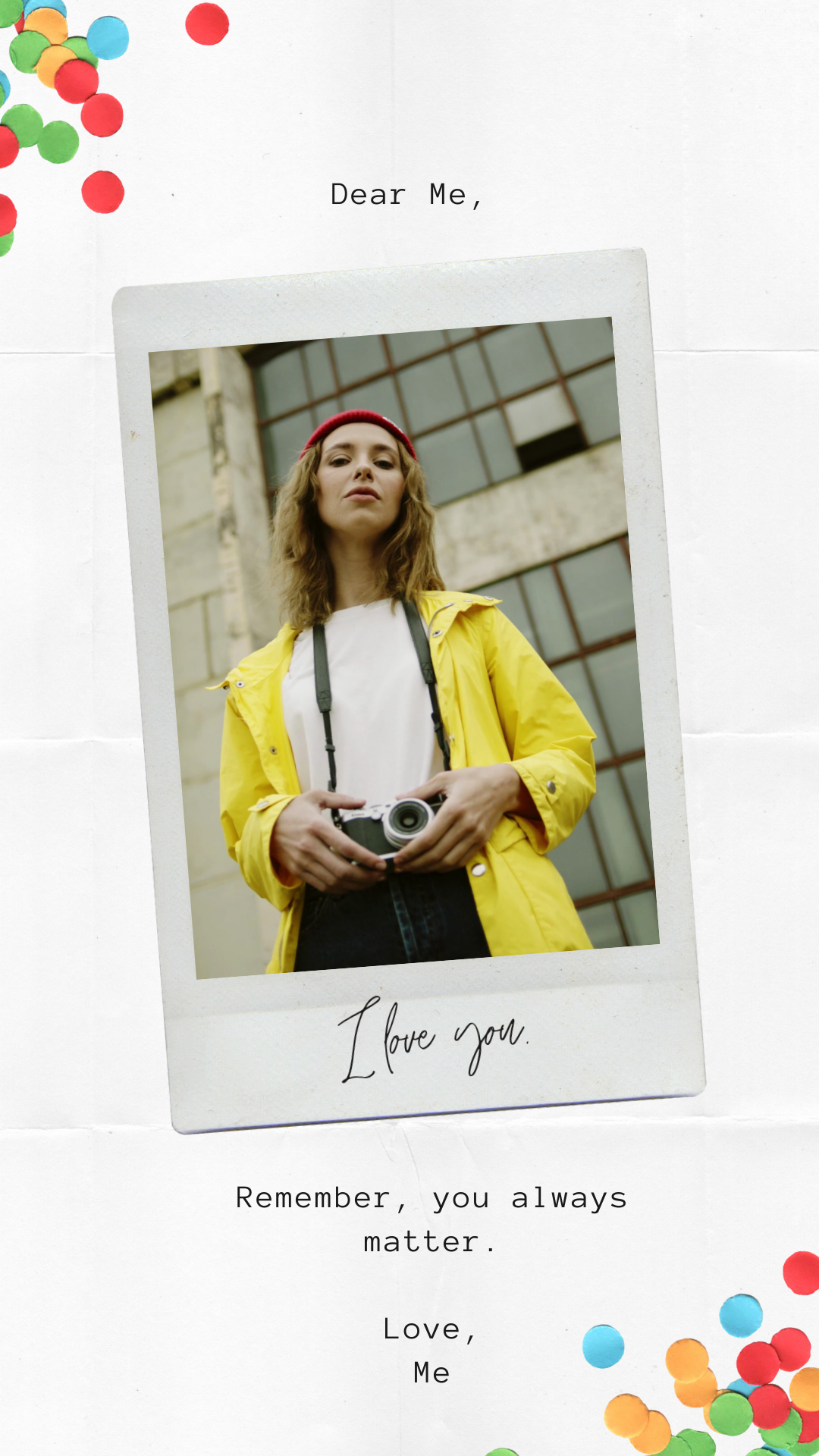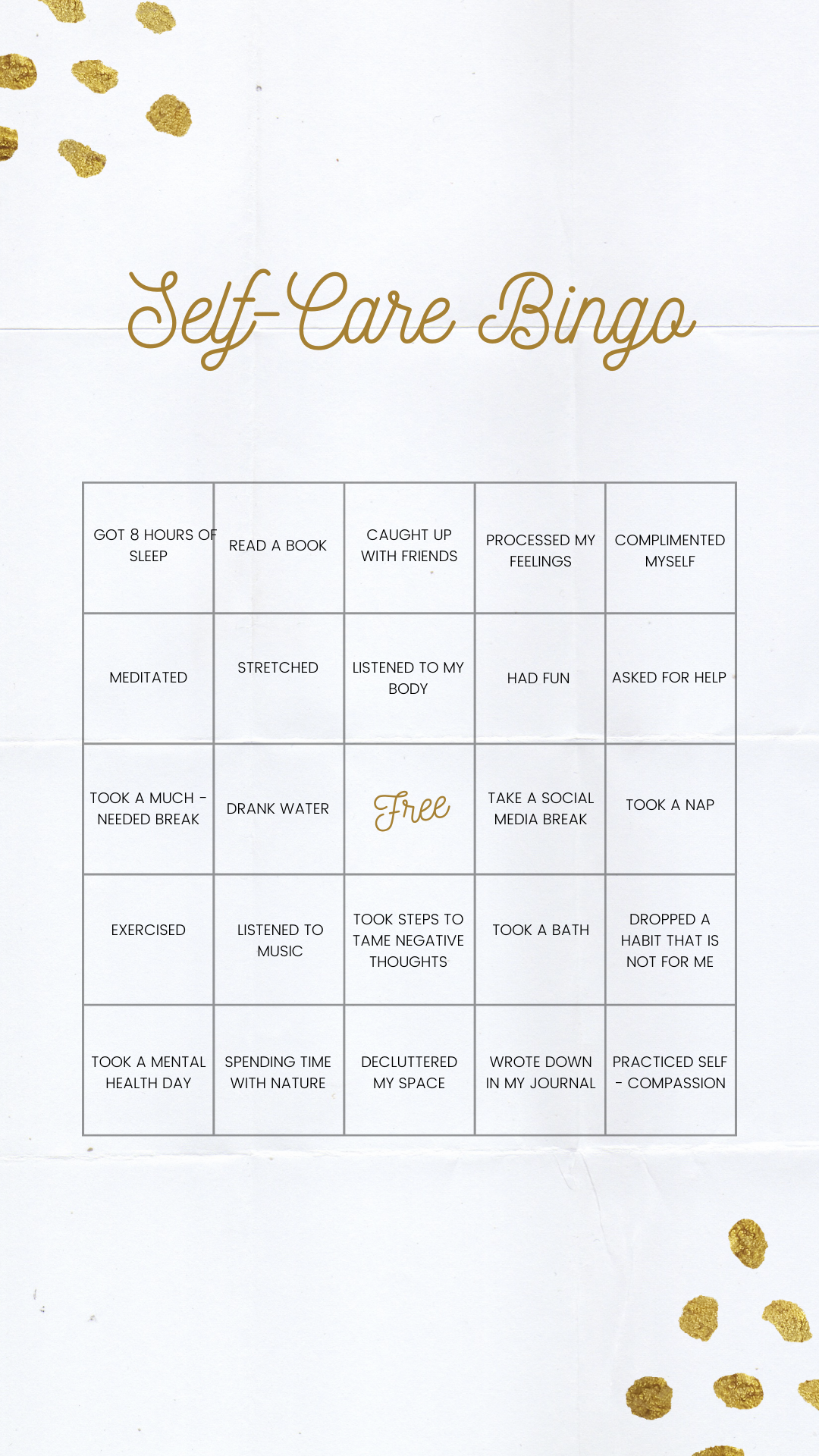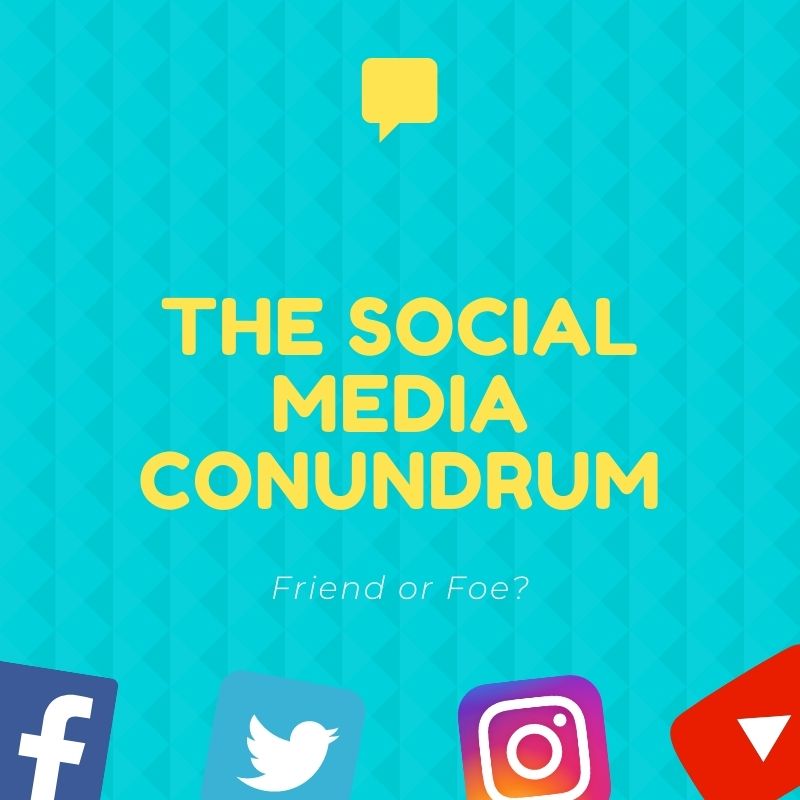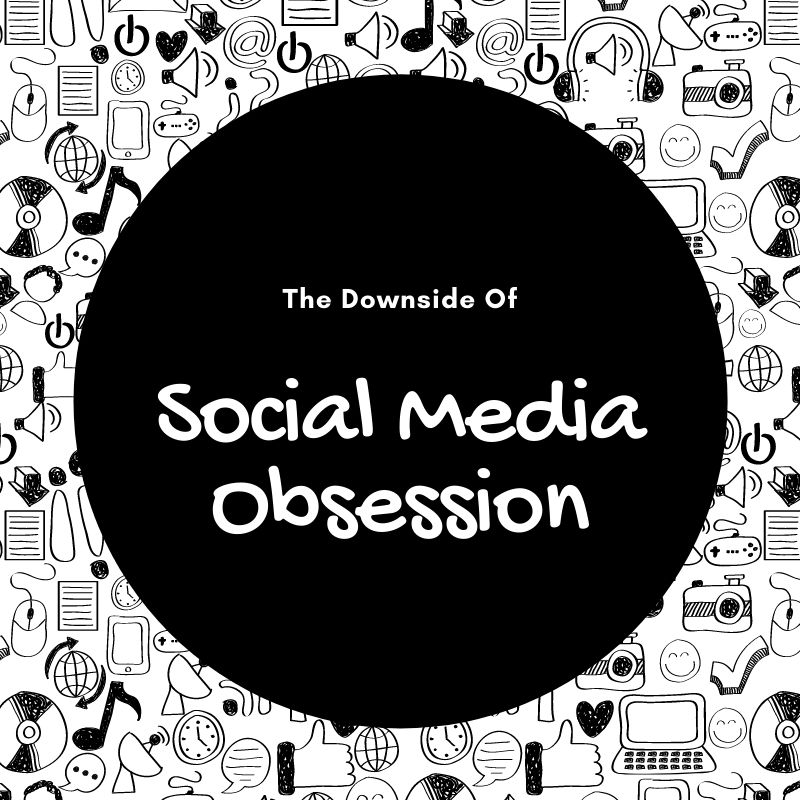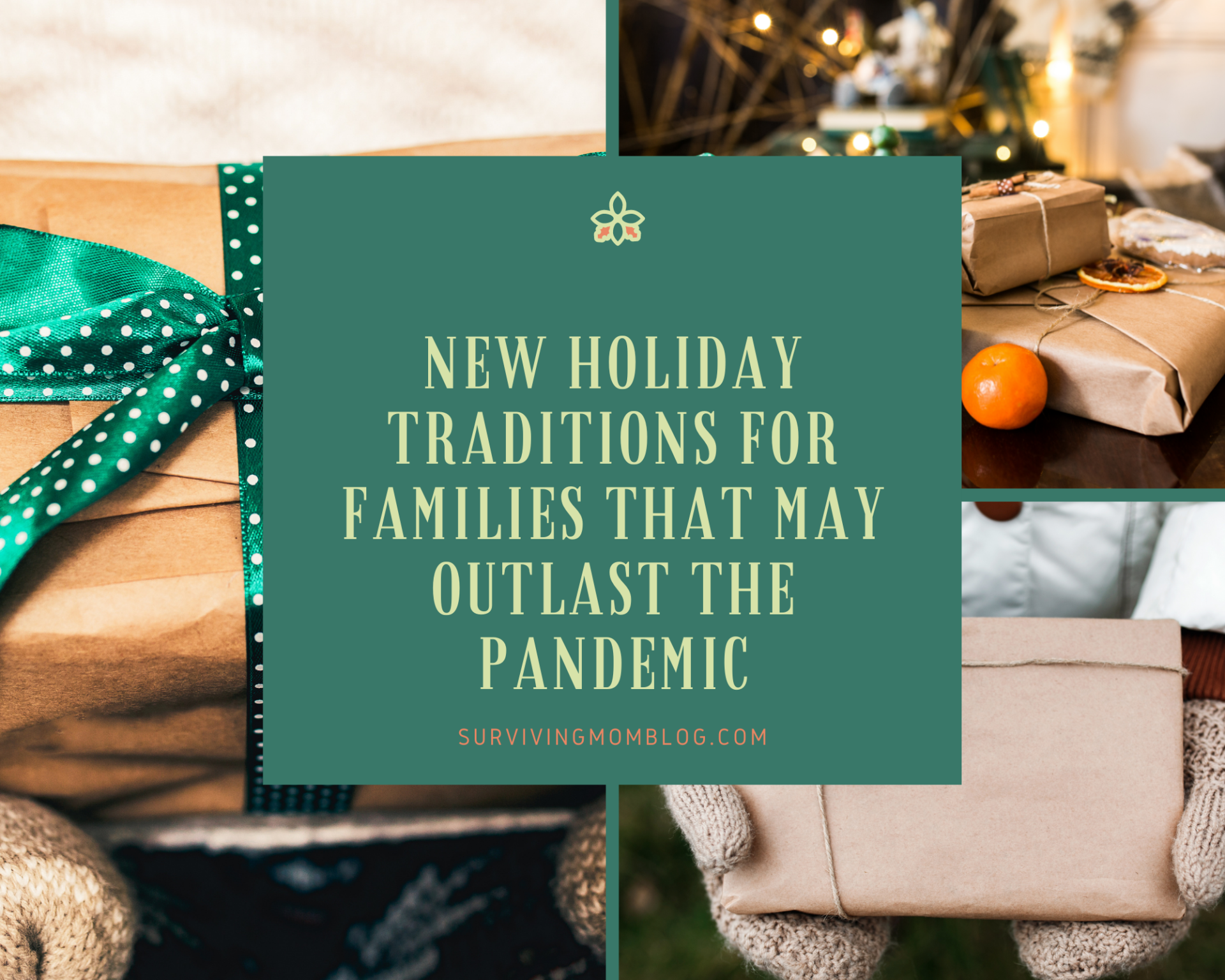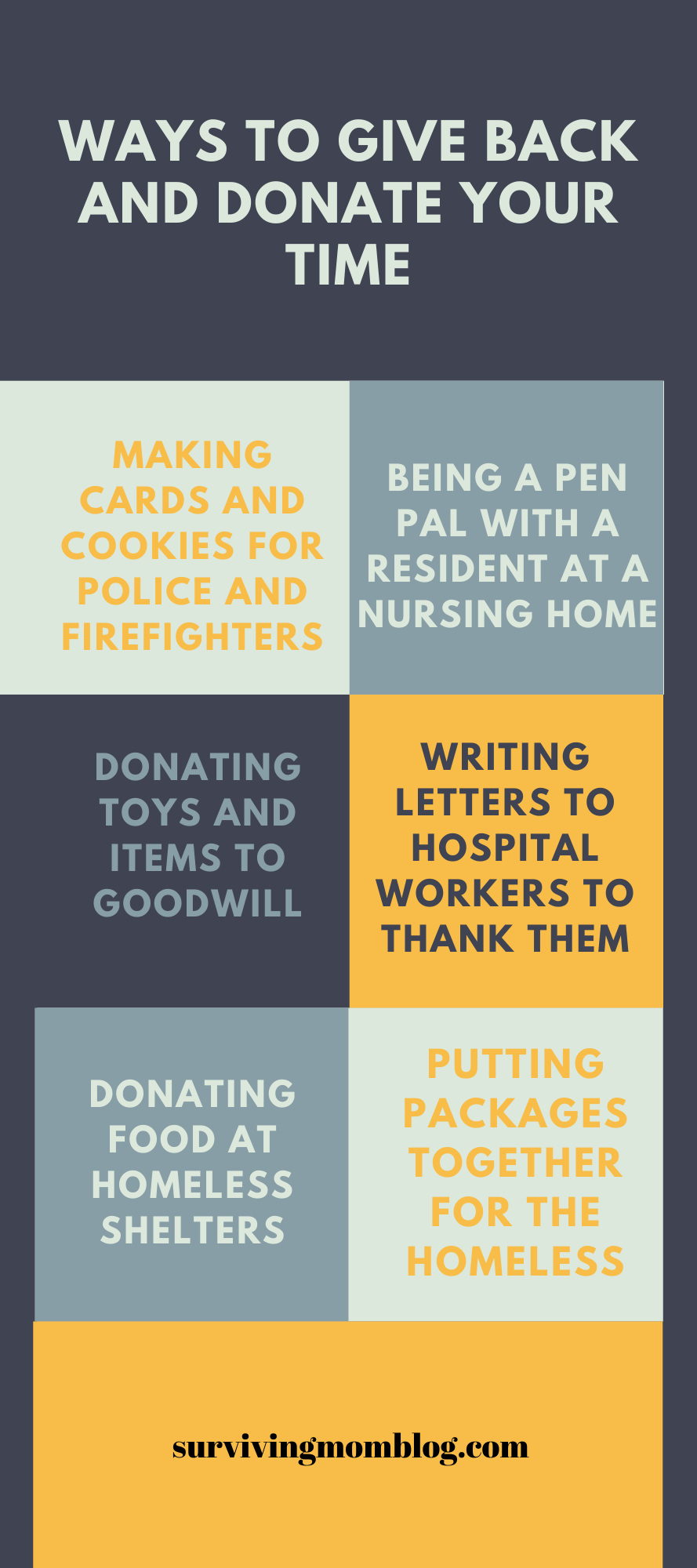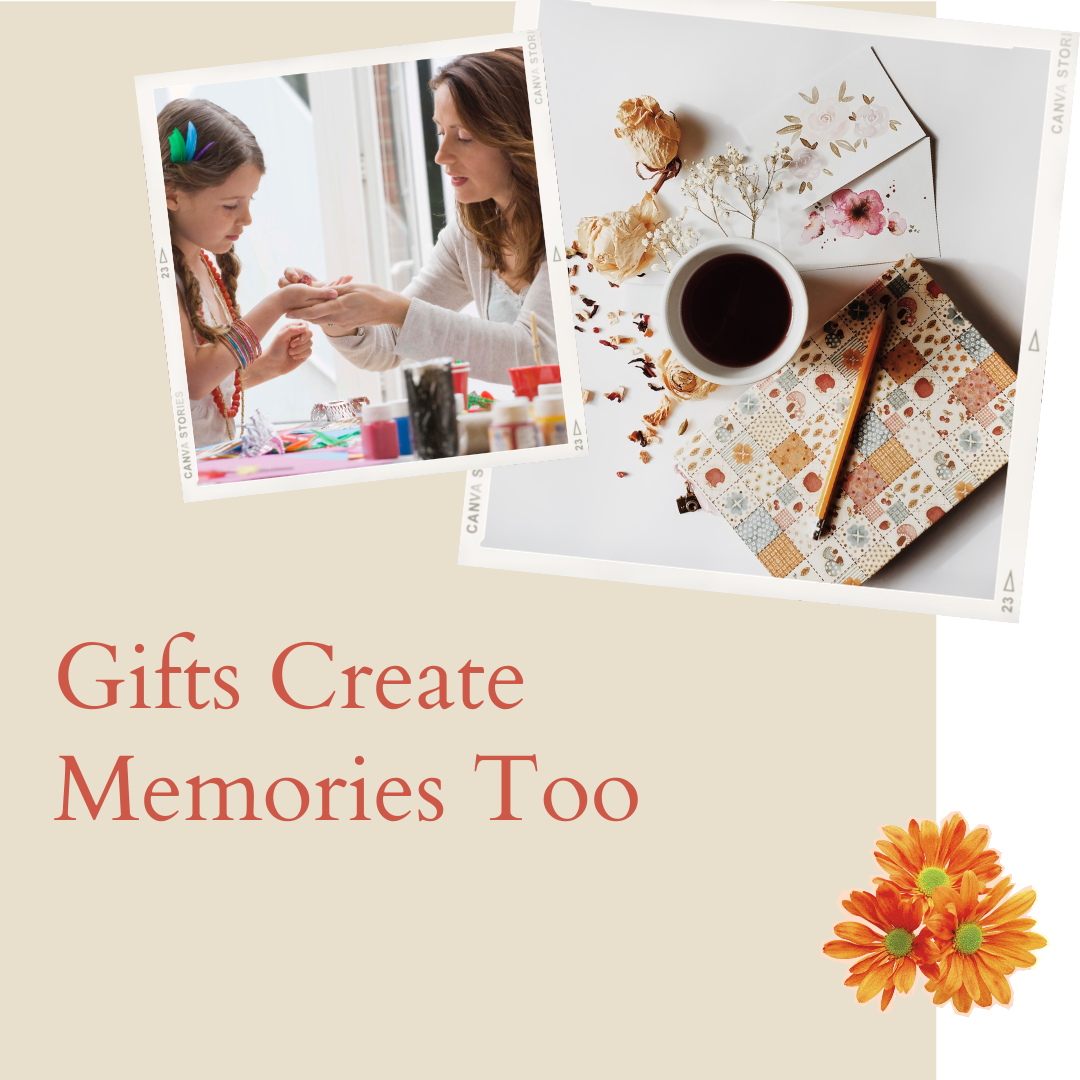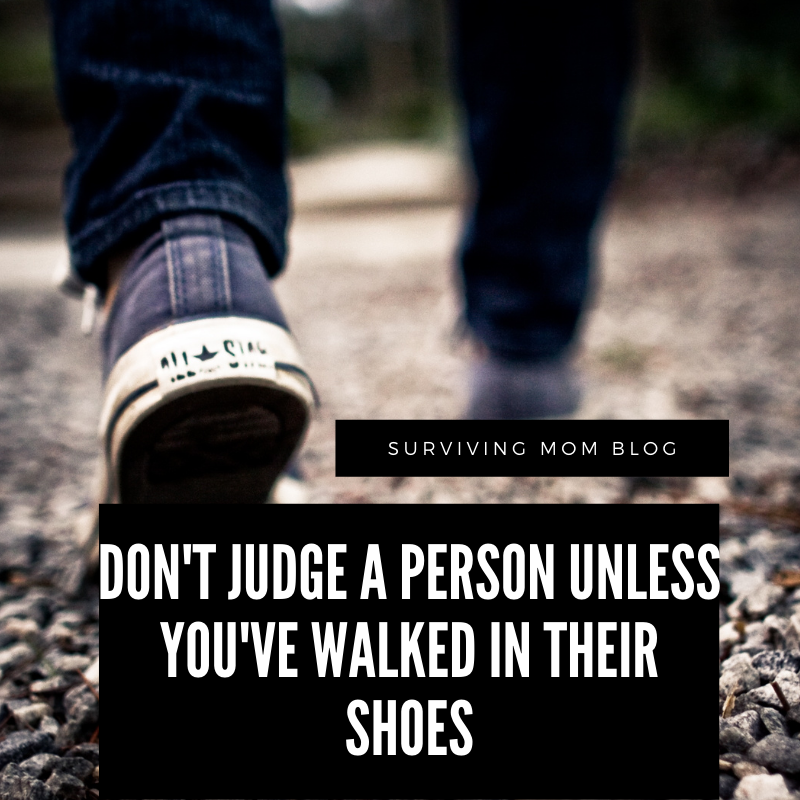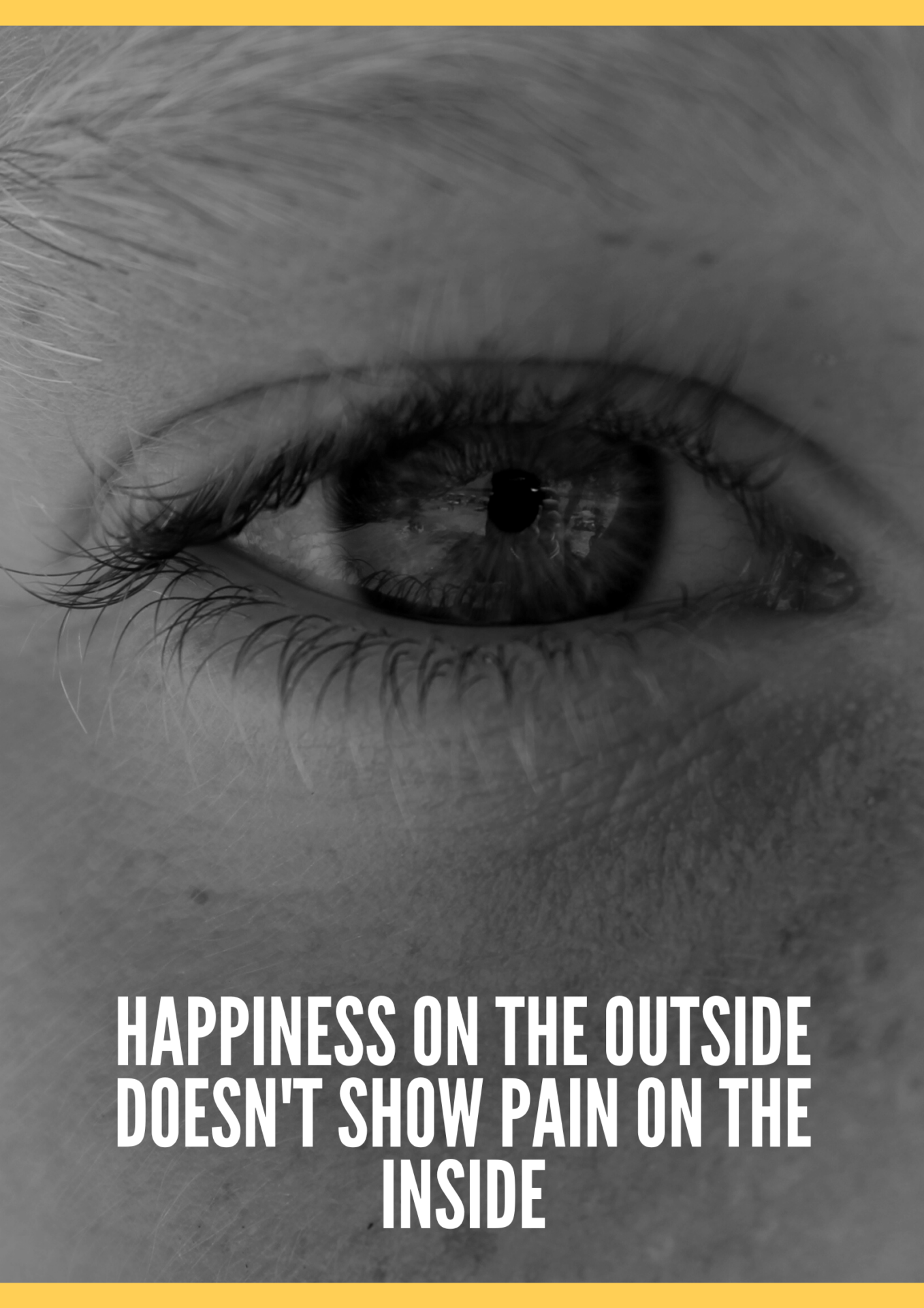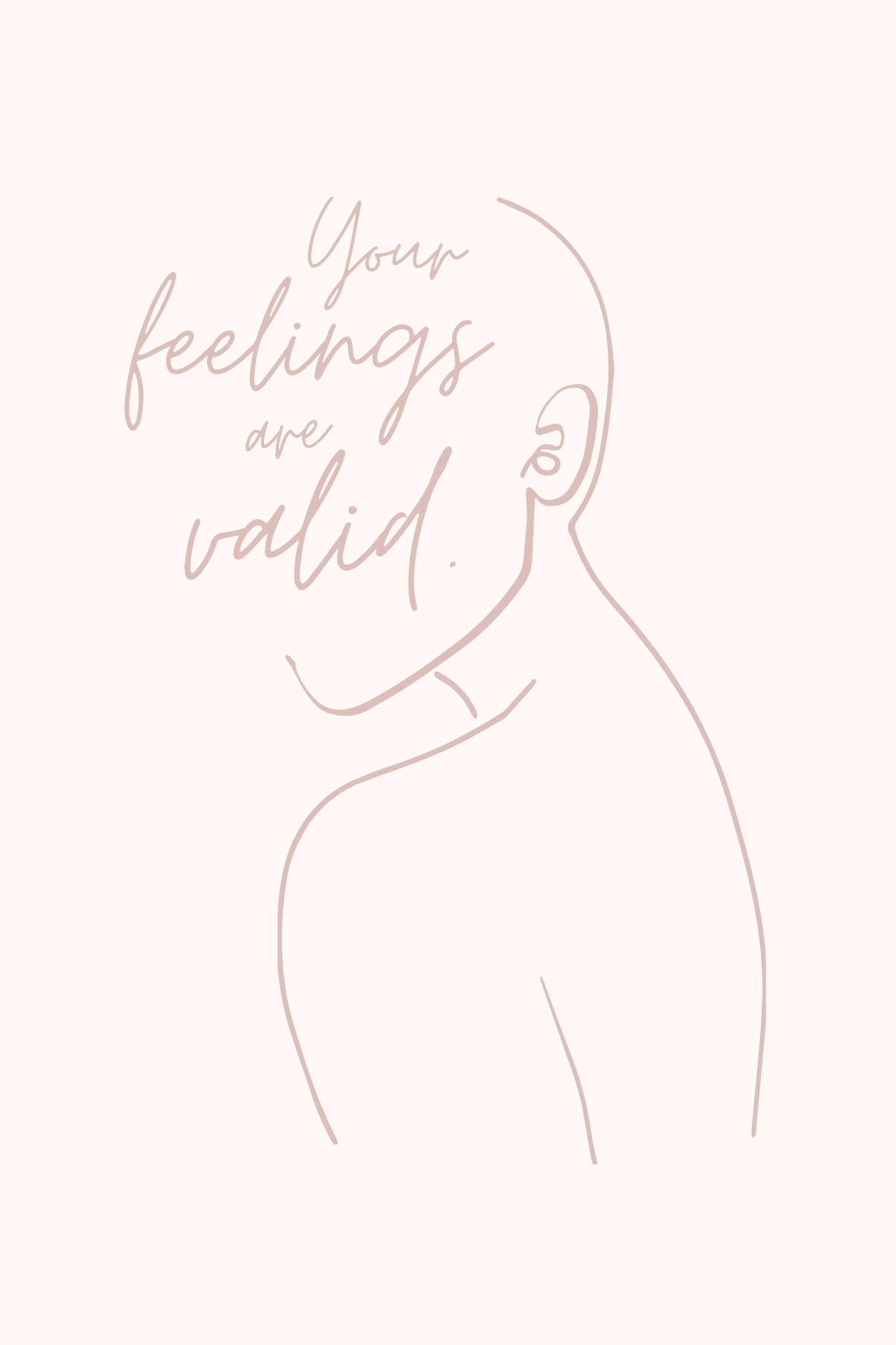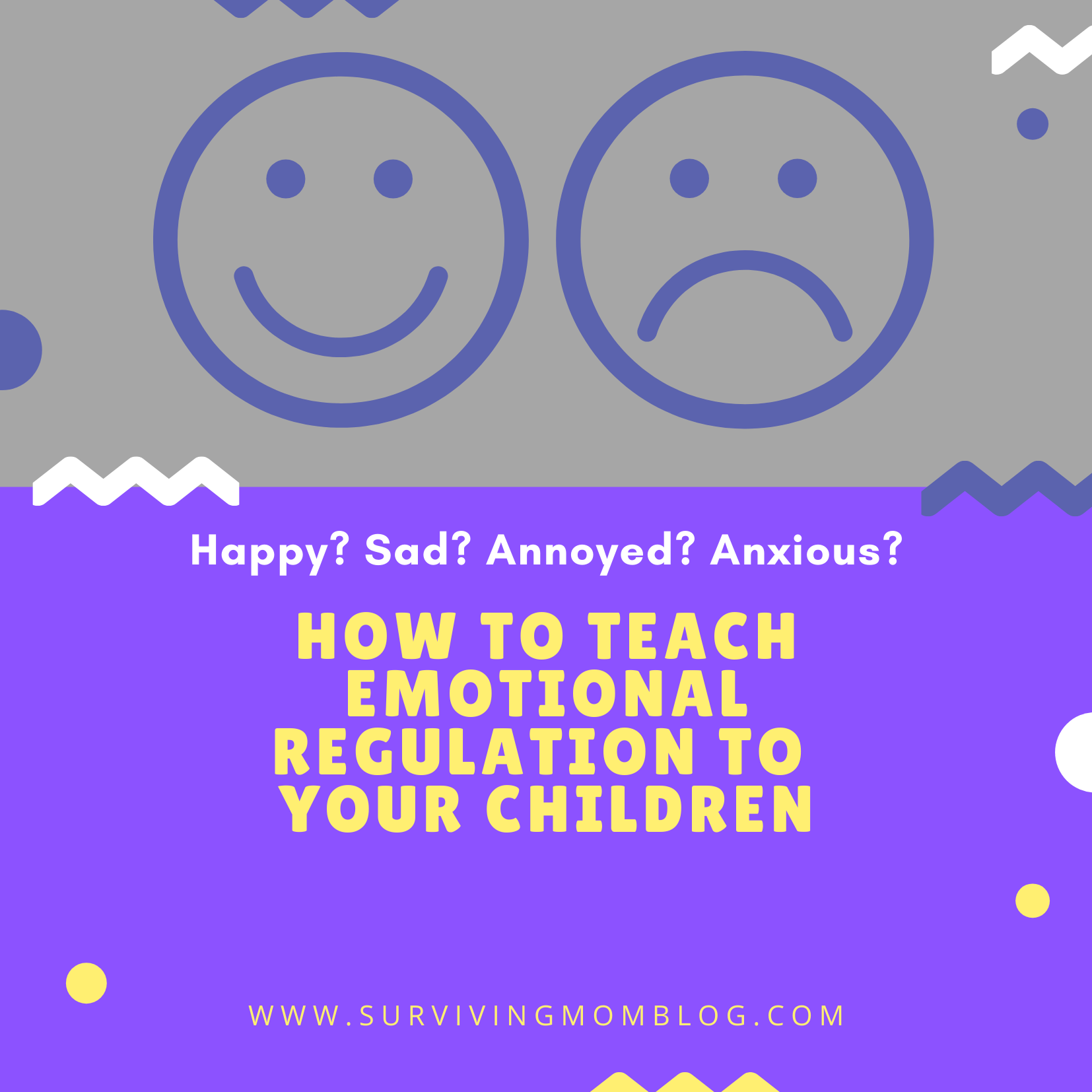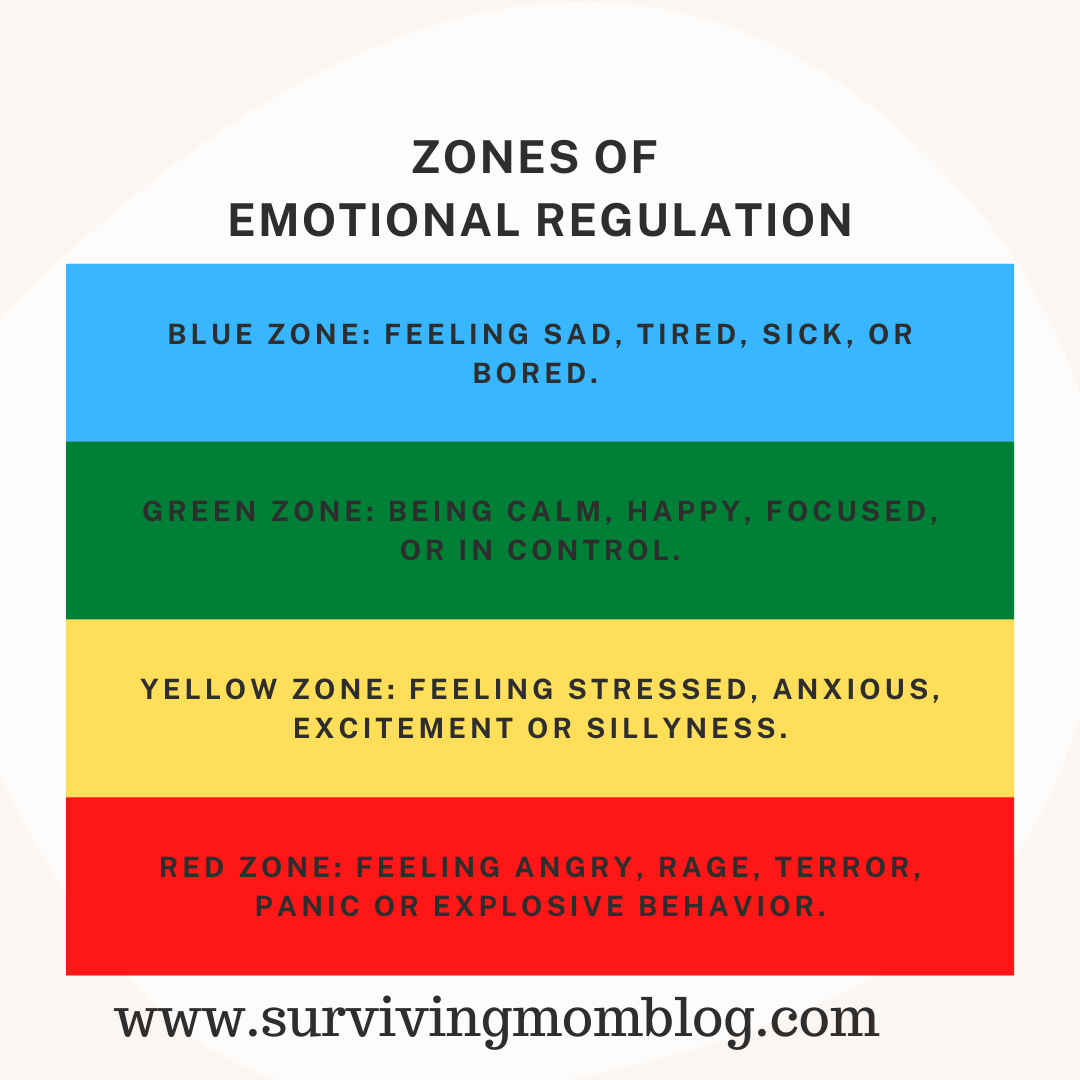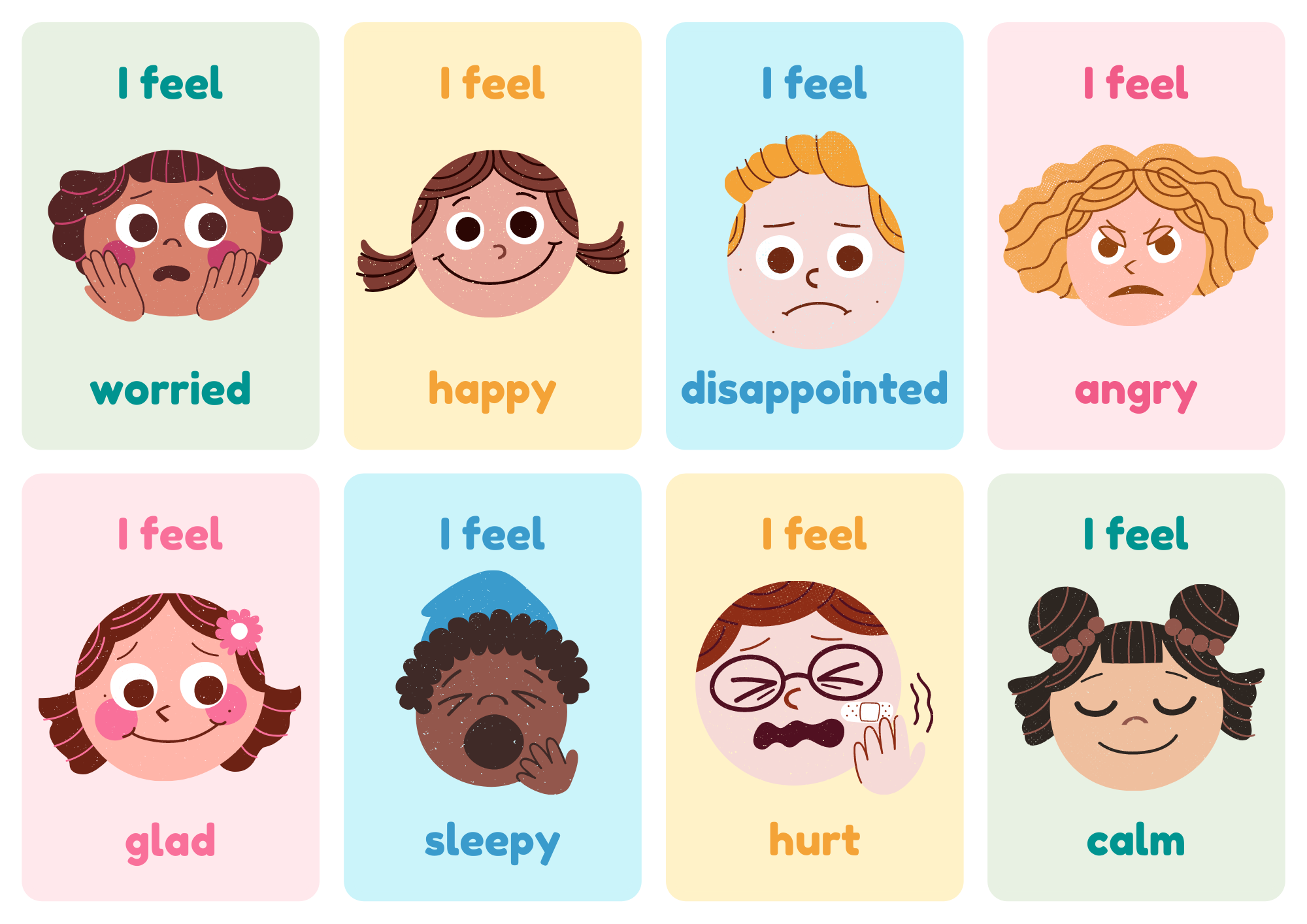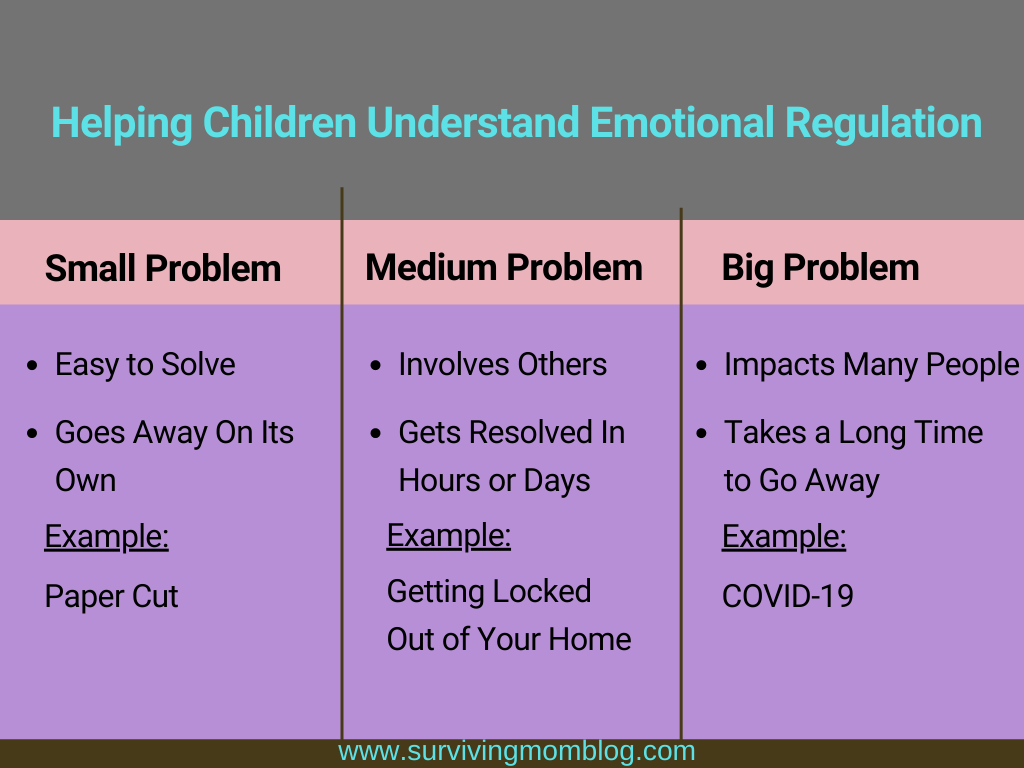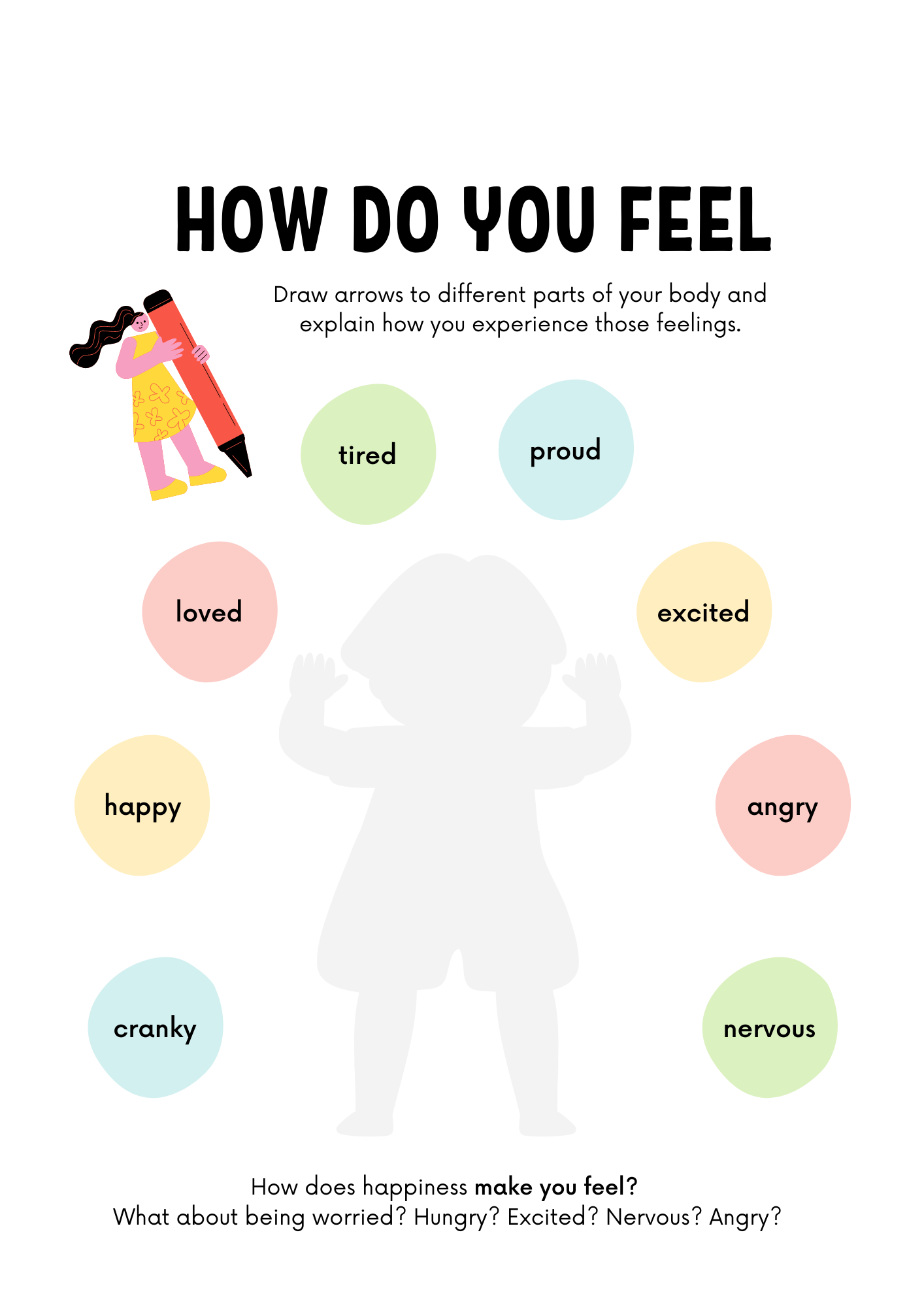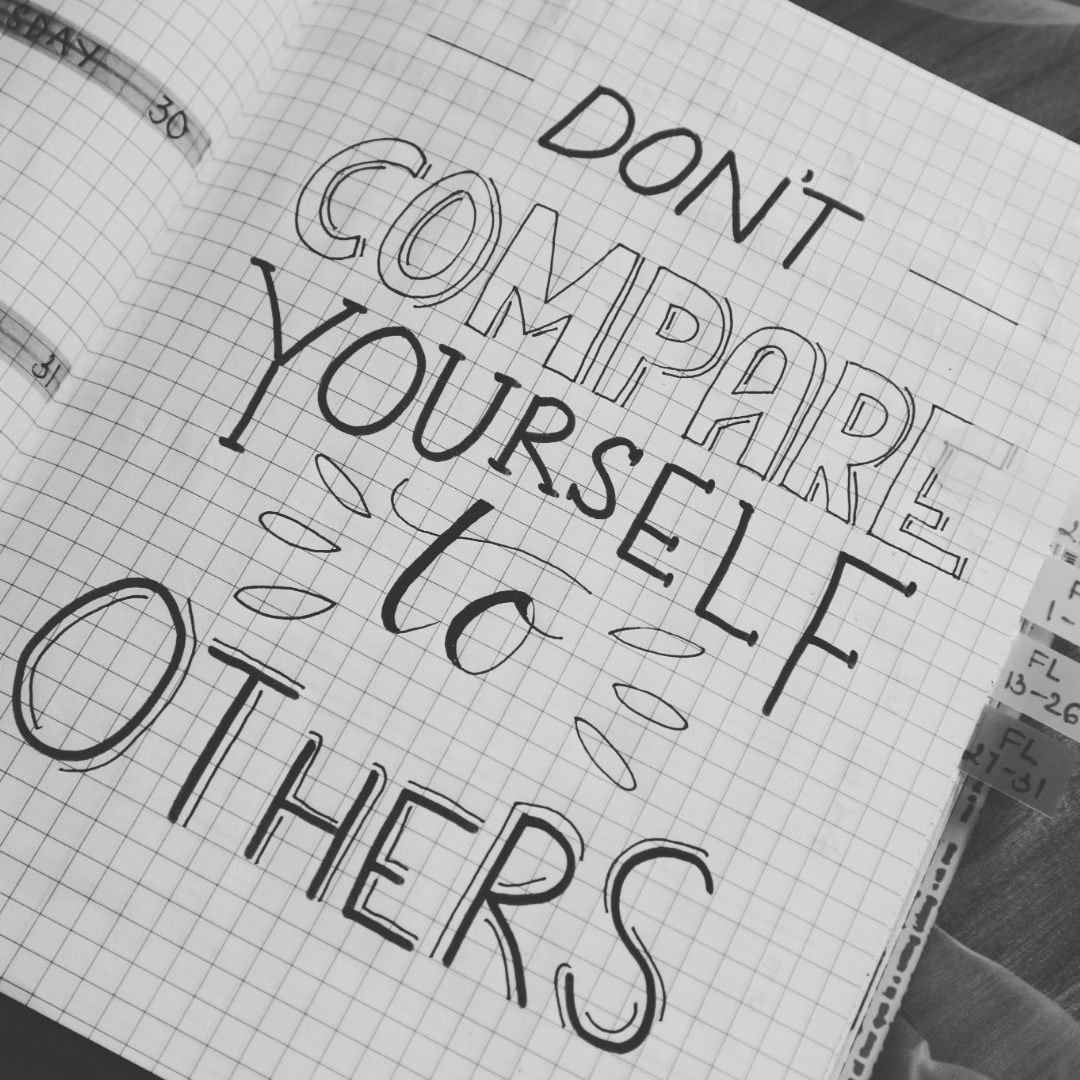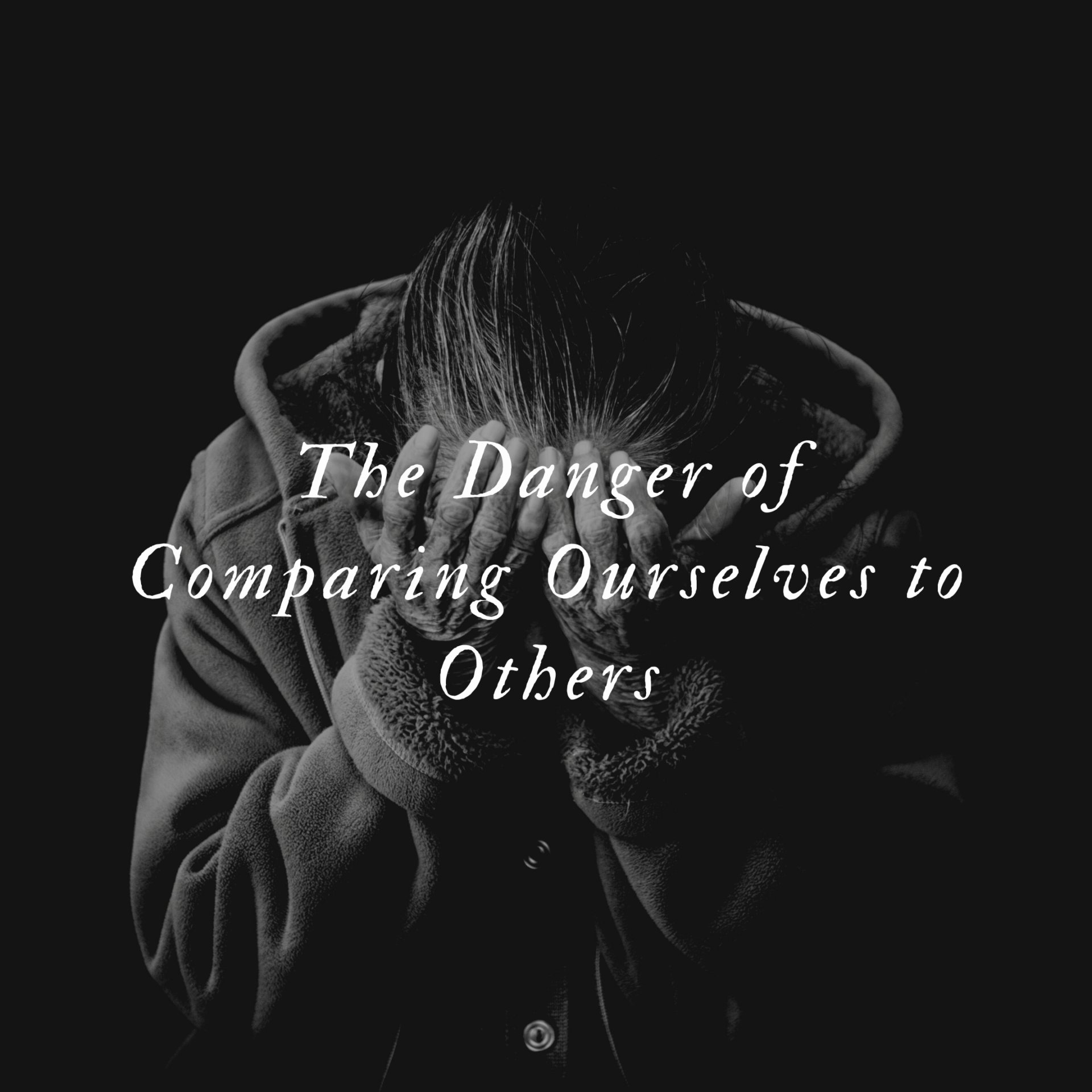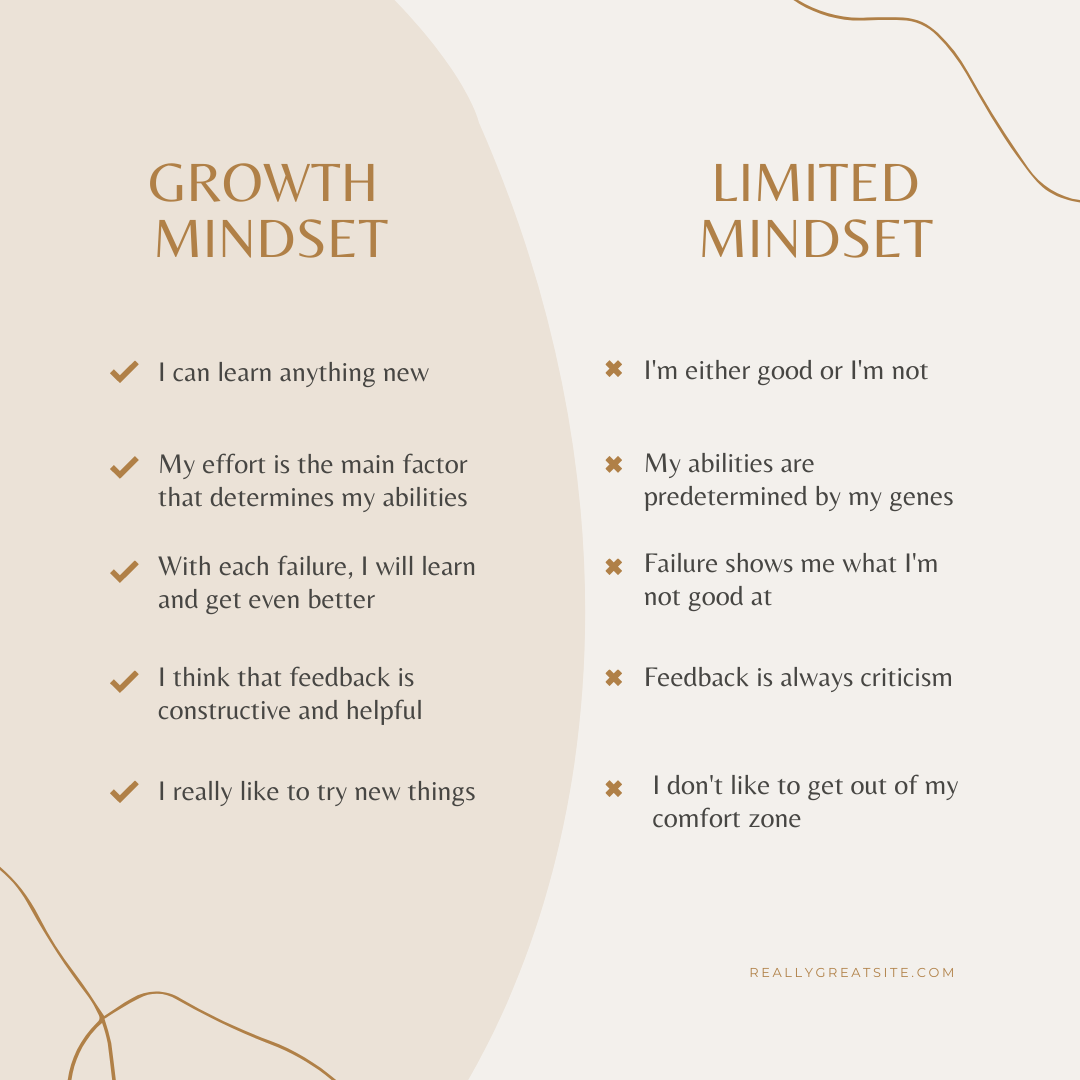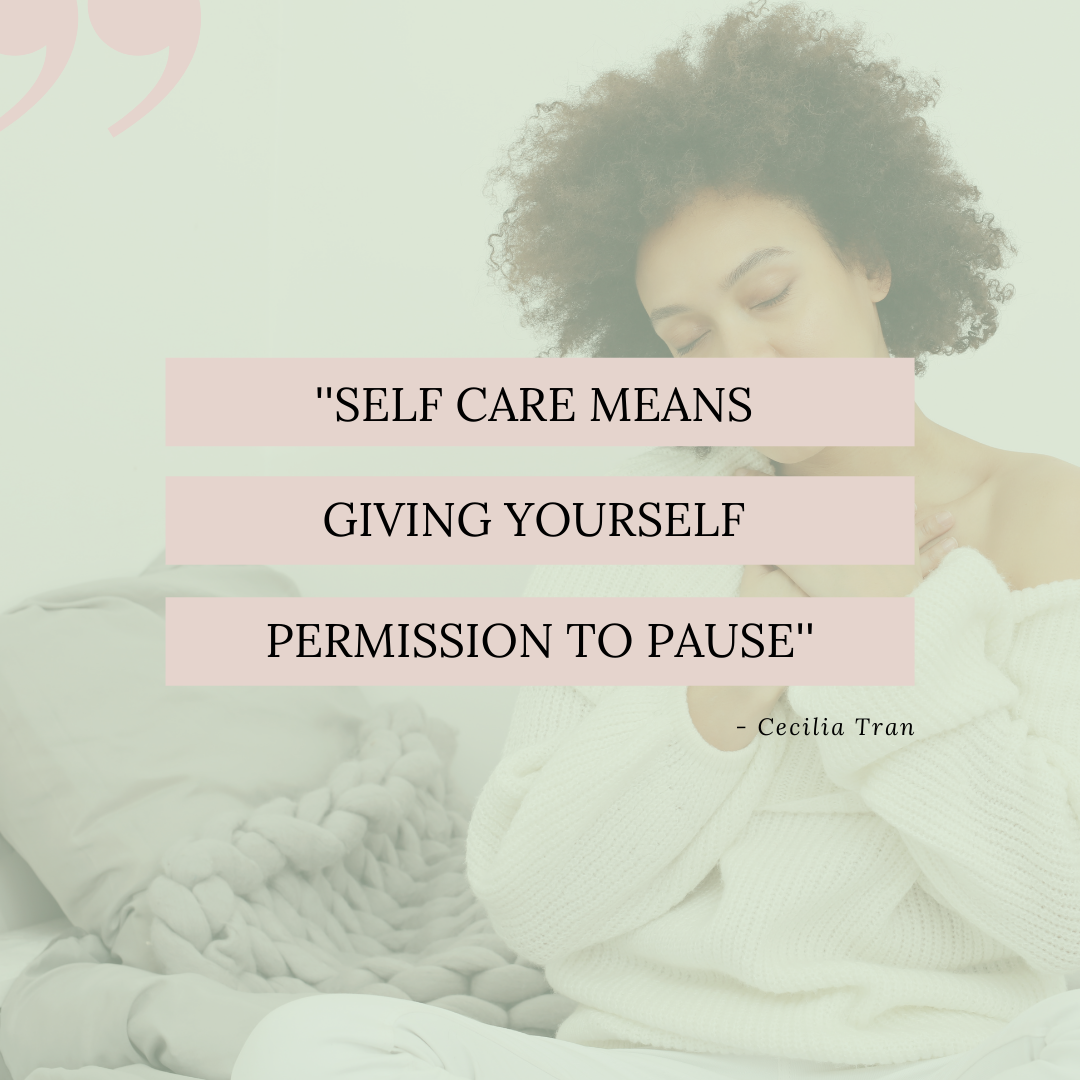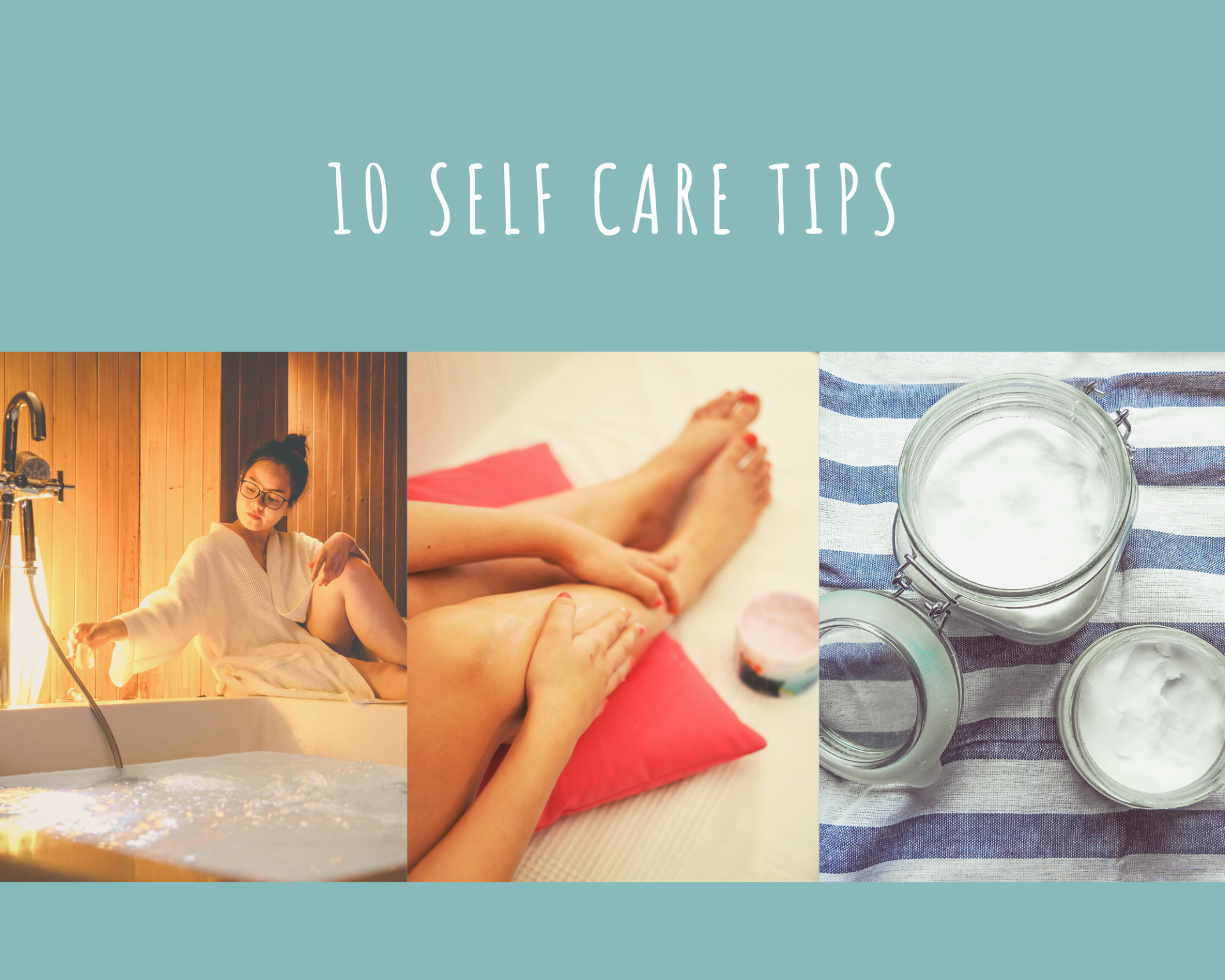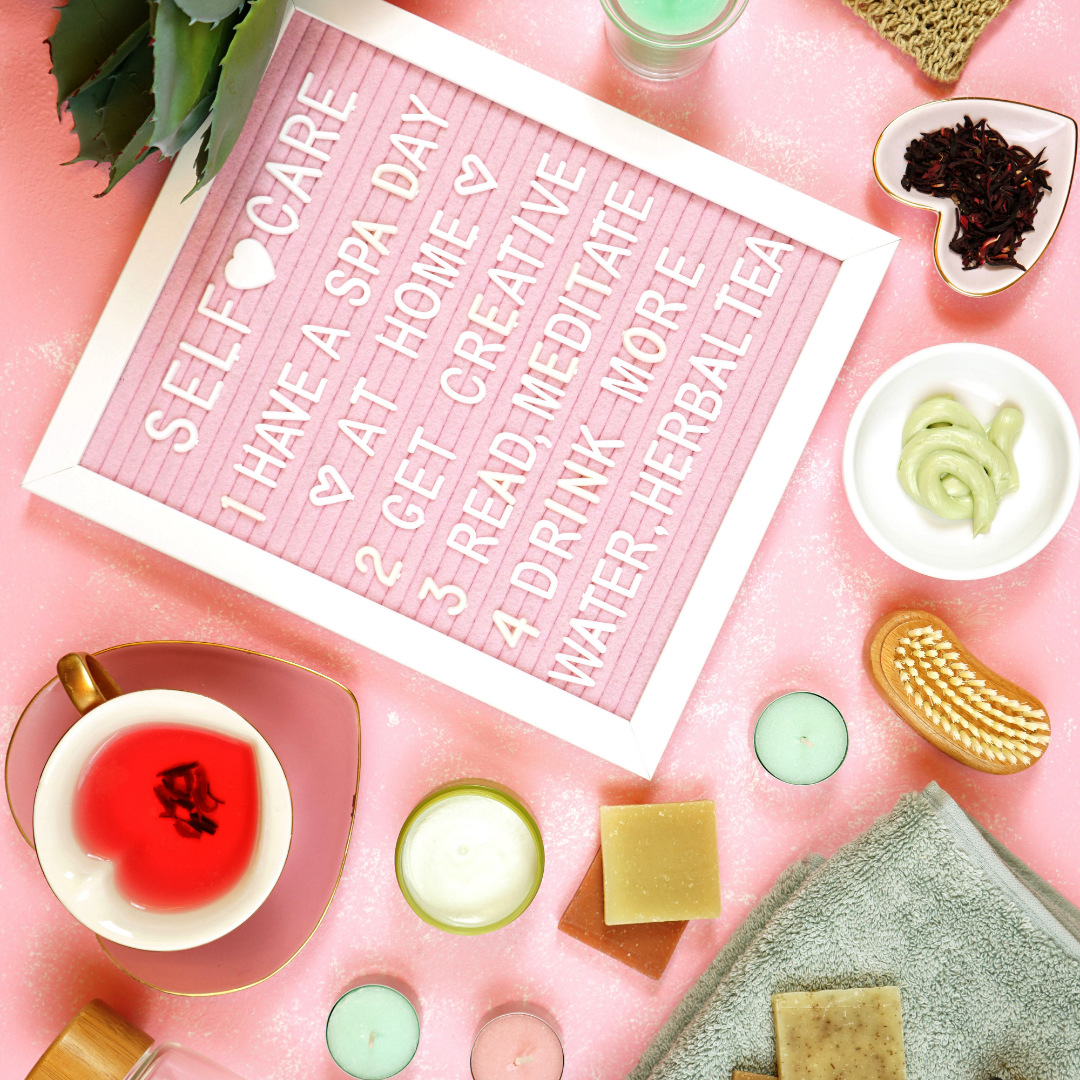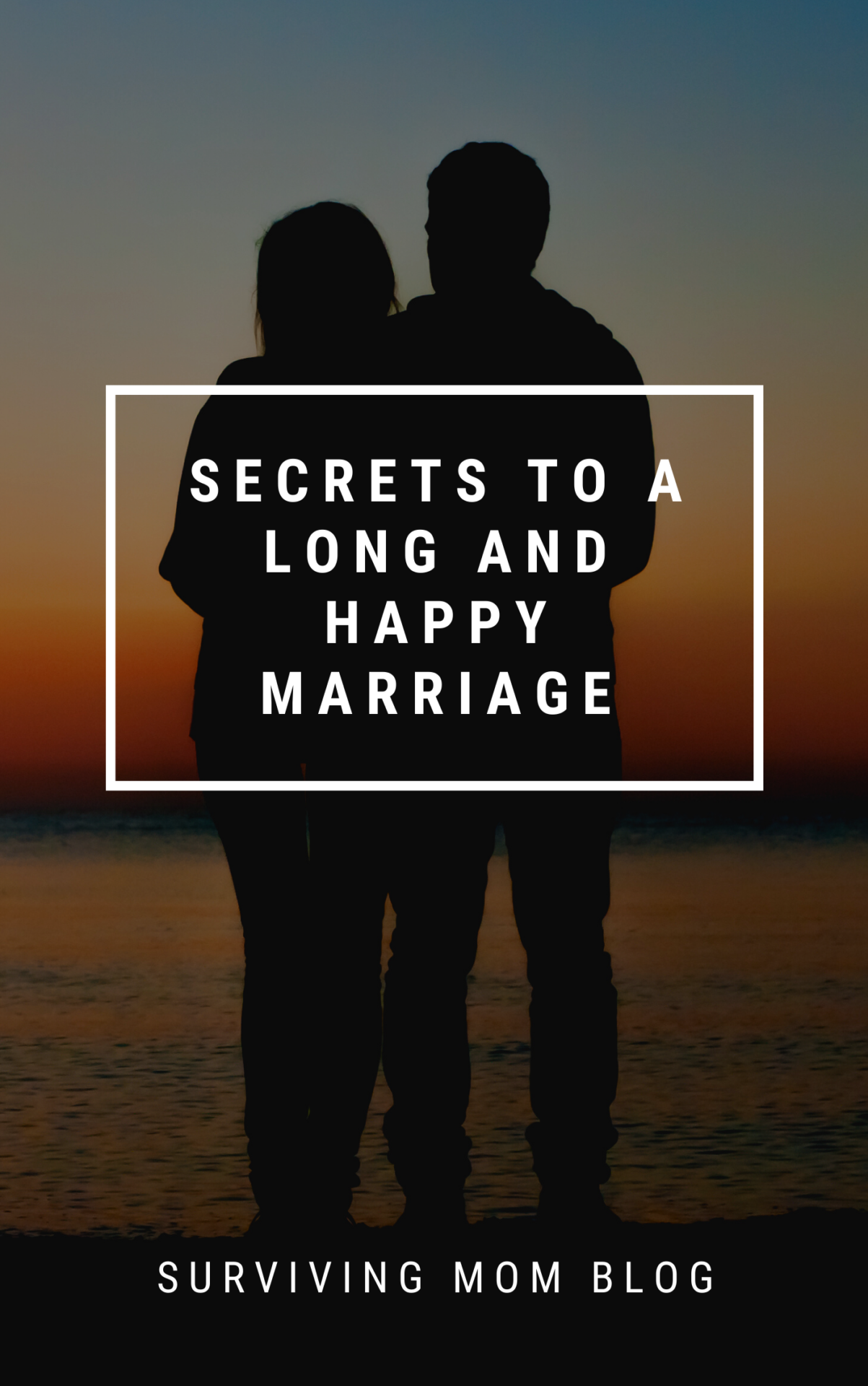
I shared with you the story of how I met my husband. When we exchanged vows, we expected to have a long and happy marriage. Like all true stories, happily ever after does not exist. My husband and I have endured many bumps along the road, and there were times I honestly wasn’t sure if we were going to make it.
It’s Okay to Admit That Marriage Is Really Hard
I think the best piece of advice I ever got was from my husband’s grandma (who passed away in March due to COVID). When I asked her what the secret is to a long and happy marriage, she told me to remember that the first ten years of marriage are the hardest. I remember laughing in my head at the time. I had heard that the first couple of years were rough, but ten? Really?! The joke was on me because she was right.
Learning to blend two very different people together is no easy task. In fact, the things I love most about Matt are also the things that drive me absolutely crazy (and vice versa). At the beginning, everything is new and exciting, and it is easy to overlook things. Once the honeymoon phase ends and life sifts in, it is a whole new ballgame. Juggling life’s responsibilities, raising a child, and encountering hardships can often tear people apart.
There are many things I wish I knew at the beginning of our marriage that could have saved us both a lot of anger, tears, and heartache. Here are some words of advice for a long and happy marriage:
8 Secrets To A Long and Happy Marriage
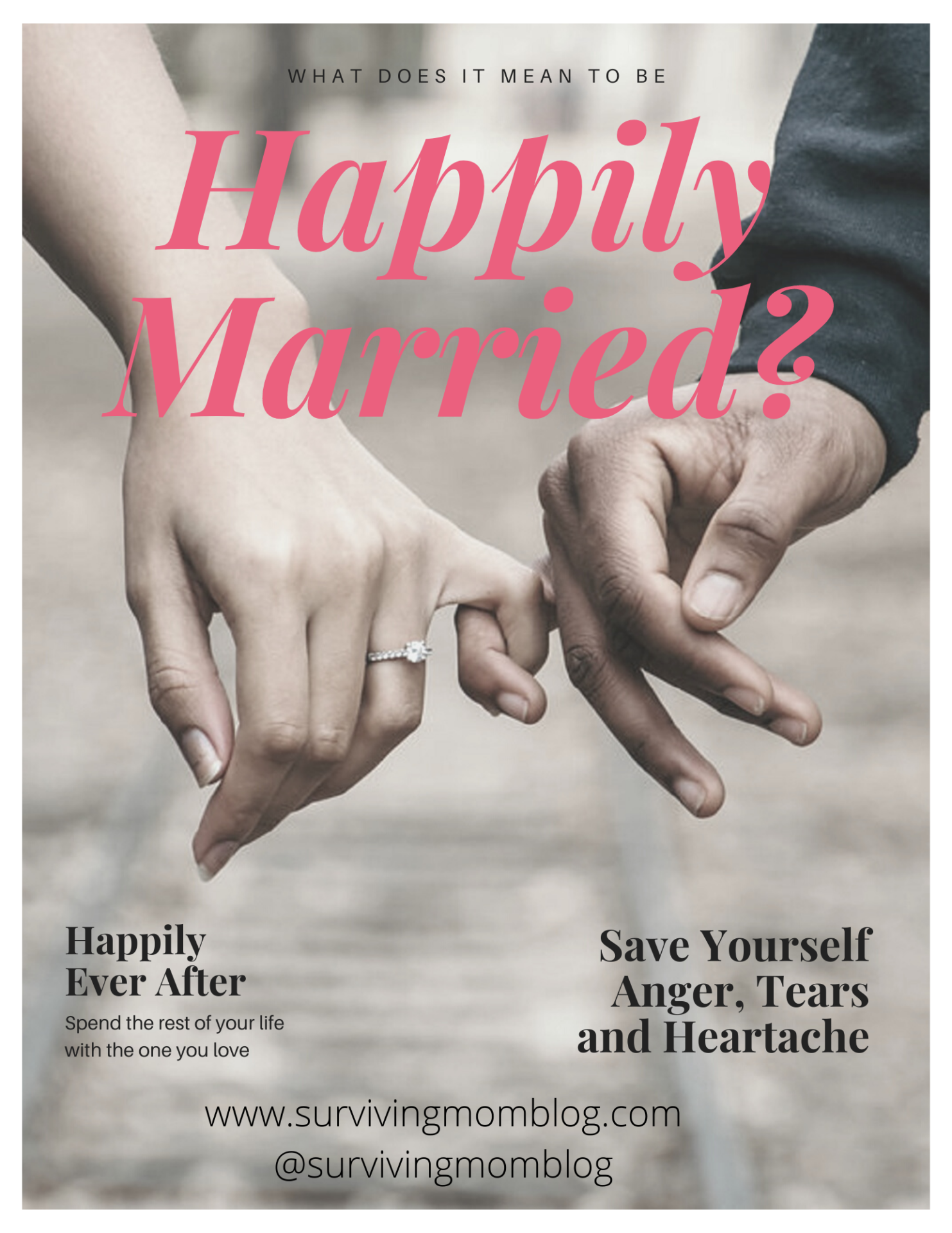
(1) Pick your battles, pick your battles, pick your battles
Have I mentioned you should pick your battles? I am a stubborn, strong woman, and my husband is even more stubborn than me. We see many things differently. If we bicker every time we disagree about something, well, we’d bicker constantly (which we did). I have learned (as has he) that it’s simply not worth sweating the small stuff. If he leaves his clothes next to the hamper instead of inside the hamper, reminding him each time is just going to annoy him. This will make him act snippy, which will cause me to get snippy. I’d rather put his clothes in the hamper and play the “please do this” card when it is more important.
(2) Know your spouse’s love language and know yours as well
What you feel are signs of love and affection may not even register on your spouse’s radar. This leaves you feeling unappreciated, and he feels that he’s not getting the type of affection he needs. Nobody wins. My love languages are acts of service (primary) and words of affirmation(secondary), and his love languages are physical touch (primary) and words of affirmation (secondary).
Most of our marriage I did the things for him that were my primary love language, but he couldn’t care less about those things. In turn, he would go over and hold my hand and hug me (which is his primary love language), and I didn’t feel appreciated at all. Now I know that giving him a massage or rubbing his arm makes him feel loved, and I try hard to voice my appreciation for all he does for our family. He in turn tries to show me now that he loves me by doing things such as mowing the backyard or doing the dishes.
(3) Establish boundaries
Matt struggles with bringing things up when they happen. As a result, he’d bury his feelings until he’d finally explode and start yelling about all the things that upset him. Our solution was to discuss our requests and requirements that we want from one another. It is up to each of us to hold ourselves accountable for honoring our own boundaries as well as the other person’s.
(4) Don’t expect the other person to save/fix you or to change
This is a huge one for both of us. I grew up having a codependent relationship with my mother, which turned into a codependent relationship with Matt. I was unhappy and experienced a lot of trauma in my life, and I wanted my marriage to give me the feeling of wholeness and happiness that I was missing. That is A LOT of pressure to put on someone else.
Matt thought it was my job to take care of him. As a result, our dynamic became one more resembling of a mother and son than a husband and wife. I had to nag him to do things, and he resented me for it. He didn’t want to take responsibility for his choices, and I felt it was my job to convince him to do so.
I have come to learn that it is my job to save myself, and he has learned that he is responsible for his actions. I love and support him, but his choices are his alone. This gives him the space to be the man he is capable of being, and I spend my energy on working on myself instead of trying to convince him to work on himself.
(5) There is no weakness in forgiveness
We are imperfect and will make mistakes and hurt each other along the way. It is inevitable that we will say and do things that we will regret. Showing compassion to ourselves and to one another is necessary to have a happy marriage. There are some things that are unforgiveable, and that is where boundaries come in, but try not to hold grudges.
(6) Try to have fun together
These are exceedingly difficult times. It is easy to get consumed with all the stress and hardships. Take the time to enjoy one another’s company, and not just talk about kids or responsibilities.
(7) Take a break
This is an important tip in parenting and marriage. If you’re really upset, you are likely to react instead of responding or listening to what your partner is saying. Take time to cool off before you speak to your partner. If things get incredibly tense during the conversation, put a pause in it. Give yourself and one another the space to calm down. It’s hard to walk away in the moment, but with effort and practice it is possible.
(8) Respect one another’s feelings
You don’t have to agree with your partner, but there is no right or wrong way to feel. If your partner is hurt or upset, it is never okay to dismiss or minimize his/her feelings because you don’t share the same sentiment. It is important to acknowledge another person’s feelings while having your own. Debating over who is right and how to feel usually leaves everyone a loser and unhappy.
Marriage is a Marathon, Not a Sprint
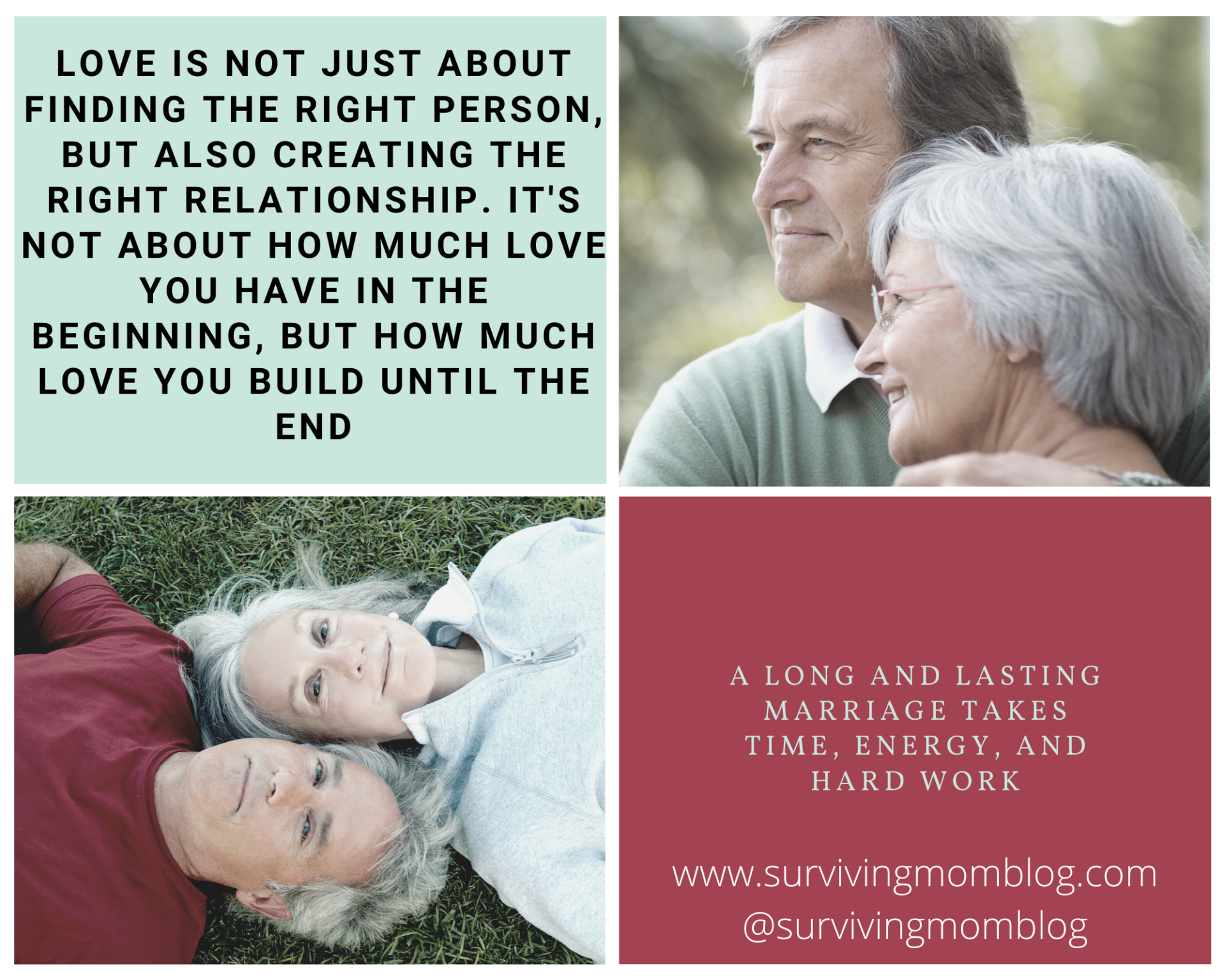
The picture many of us had in our heads about what life and marriage would look like is usually not the case. Instead of putting expectations on yourself and your partner, try to remember that marriage isn’t a sprint. Learning to navigate the murky water of marriage takes time, effort, and lots of trial and error.
Love isn’t always enough, but we have learned a lot about ourselves and each other along the way. I honor that journey because it is a great reminder of how far we’ve come and how far we are willing to travel together.
